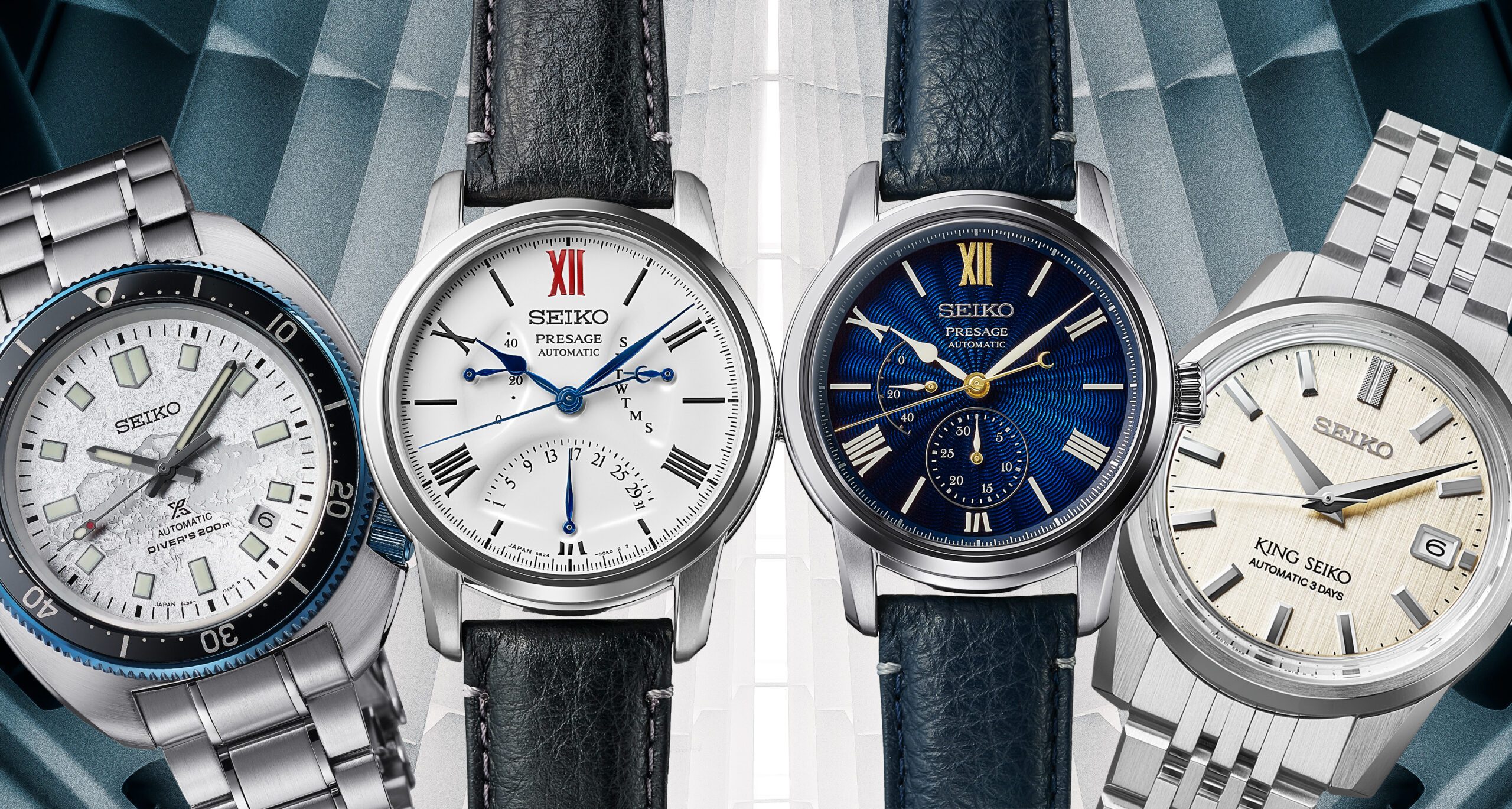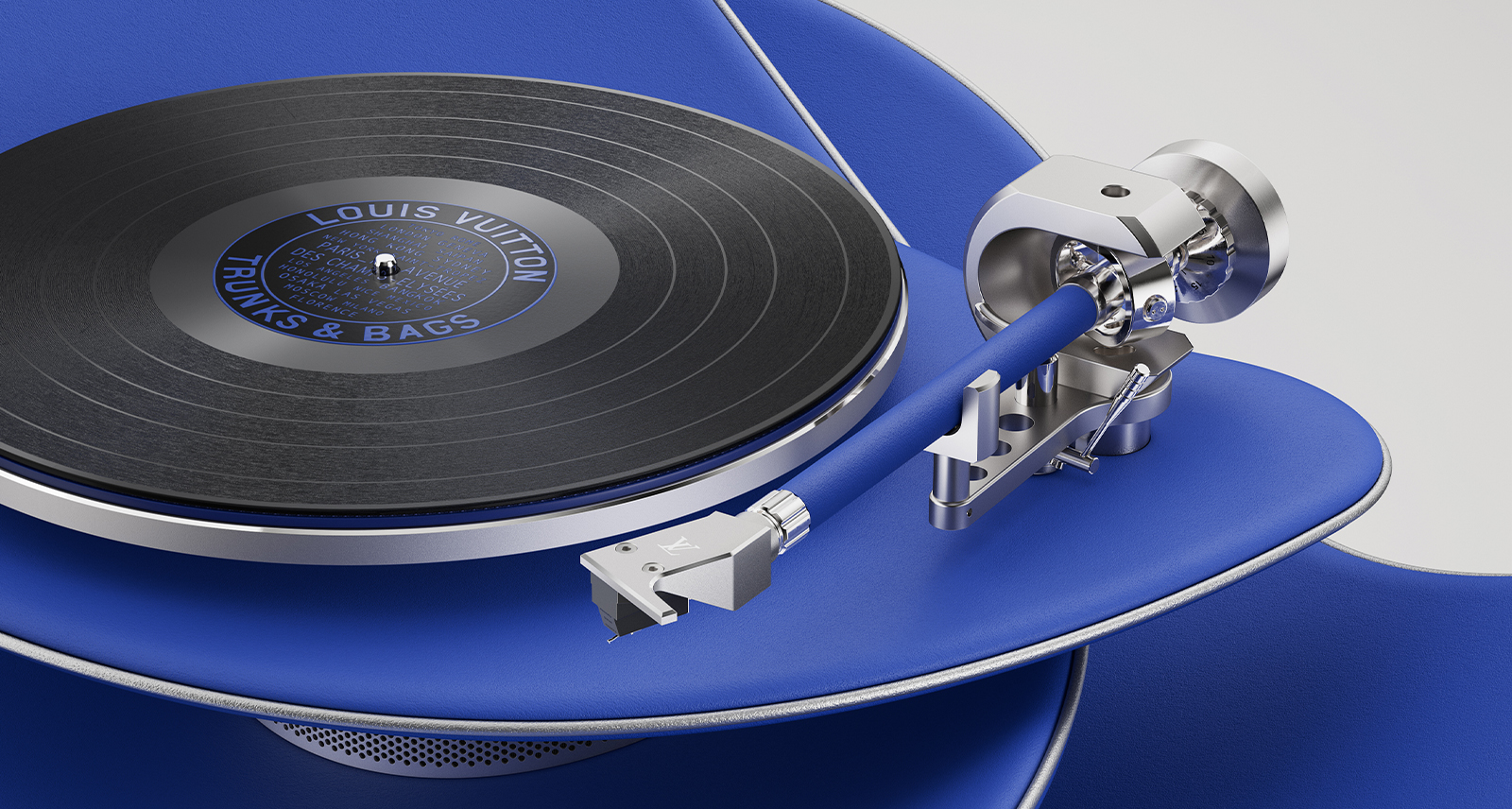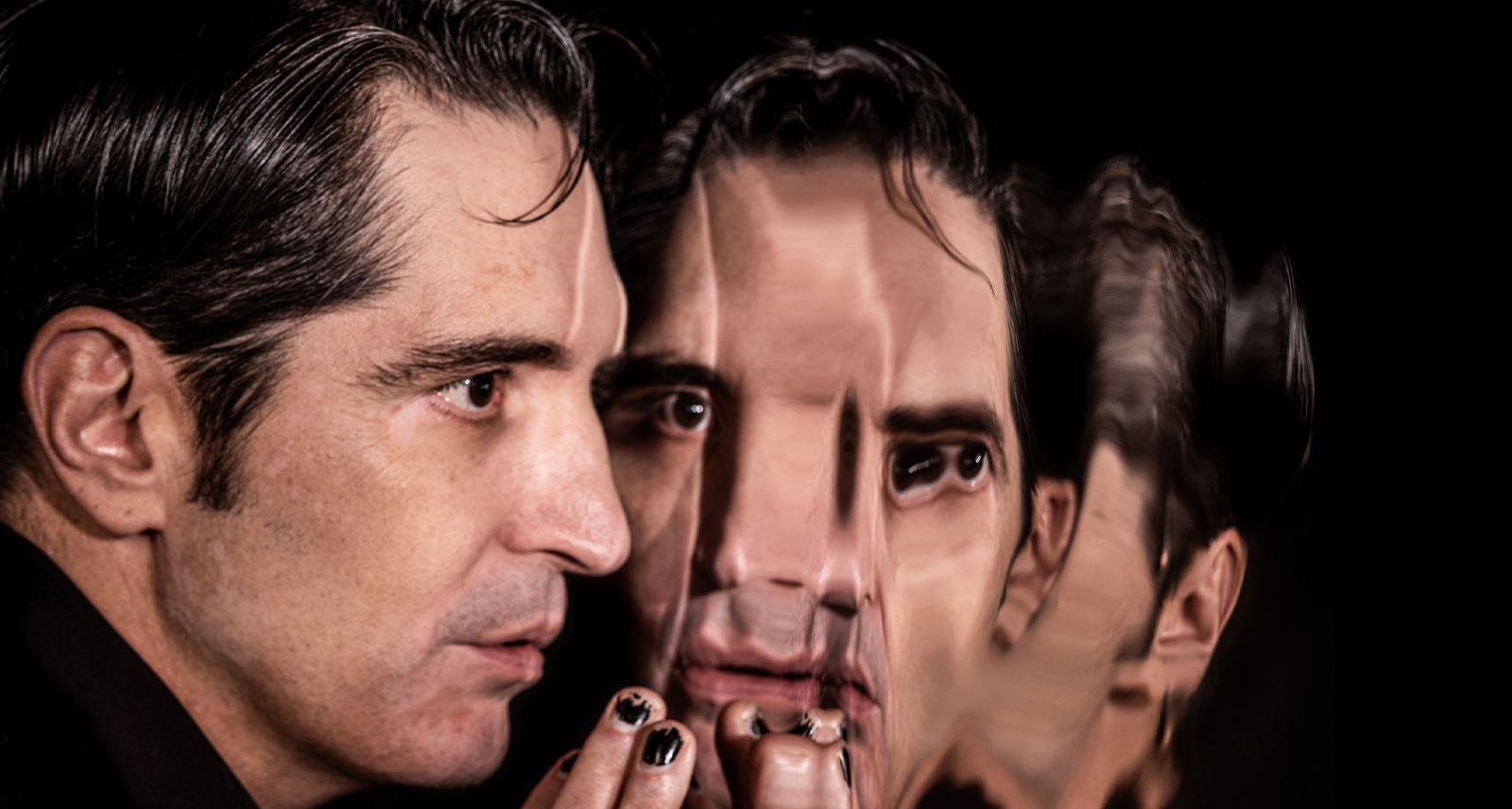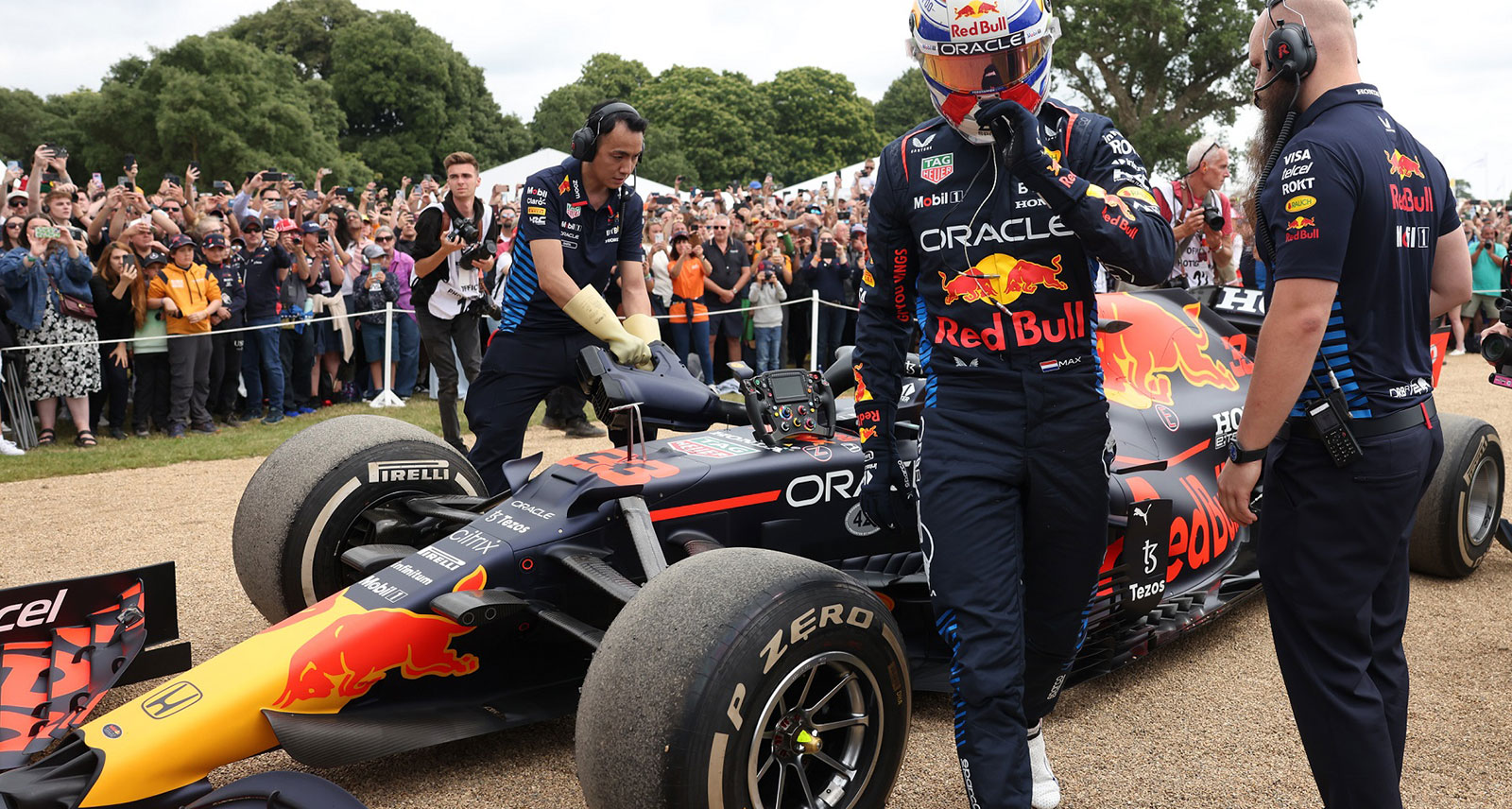Seiko Dials It Up for 2023
Kintaro Hattori, Seiko’s founder, opened his first shop in Ginza in 1881 and in 1913 his company produced Japan’s first wristwatch, the Laurel. Today, 110 years later, Seiko is still the most definitive name in Japanese watchmaking, a reputation they burnish with each new round of painstakingly crafted releases. The latest of these are a recently-announced set of Presage, Prospex, and King Seiko models that pair subtle improvements in design and movements with a selection of stunning, intricately detailed dials.
Seiko Presage Craftsmanship Series
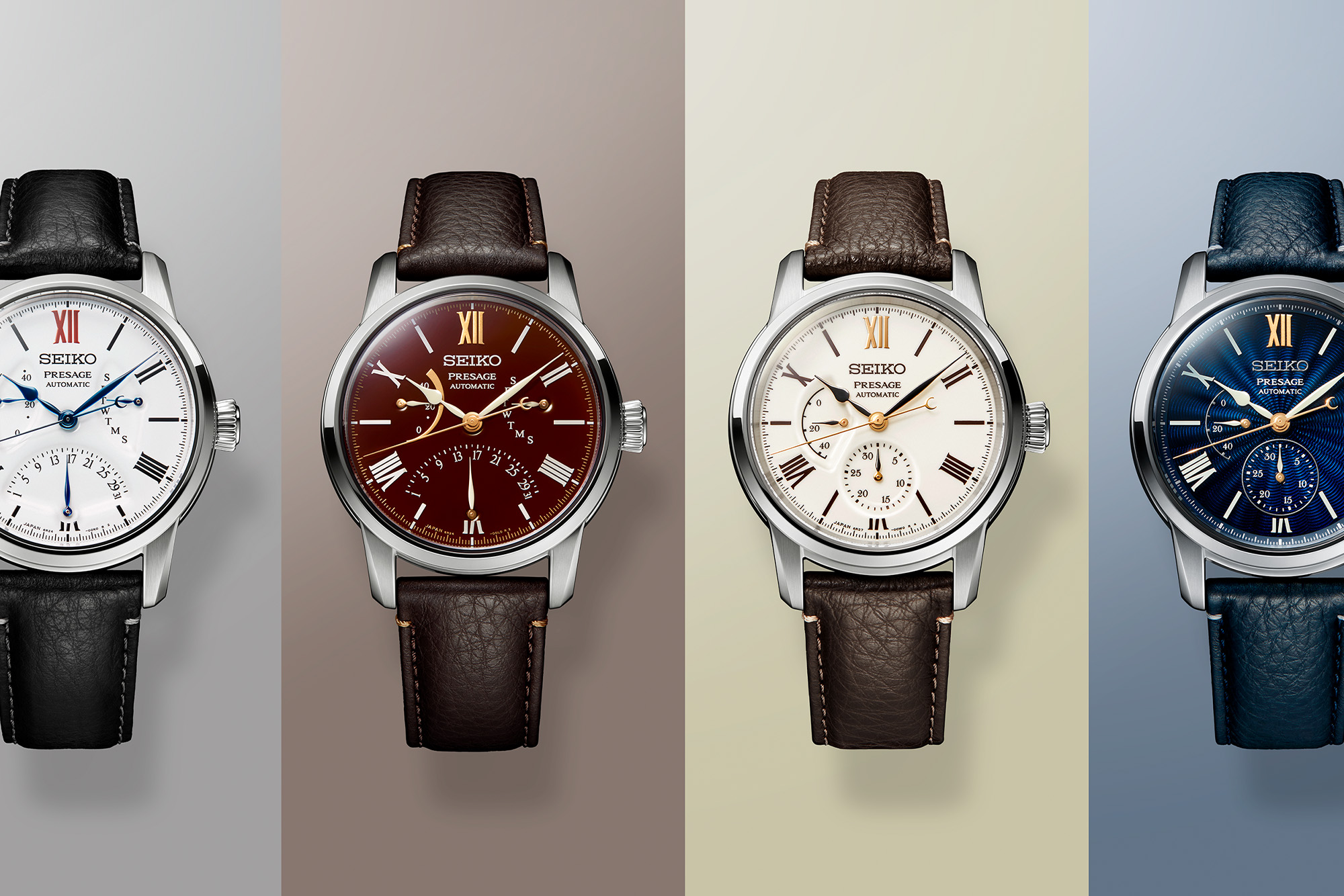
Seiko Presage Craftsmanship Series
1 of 17
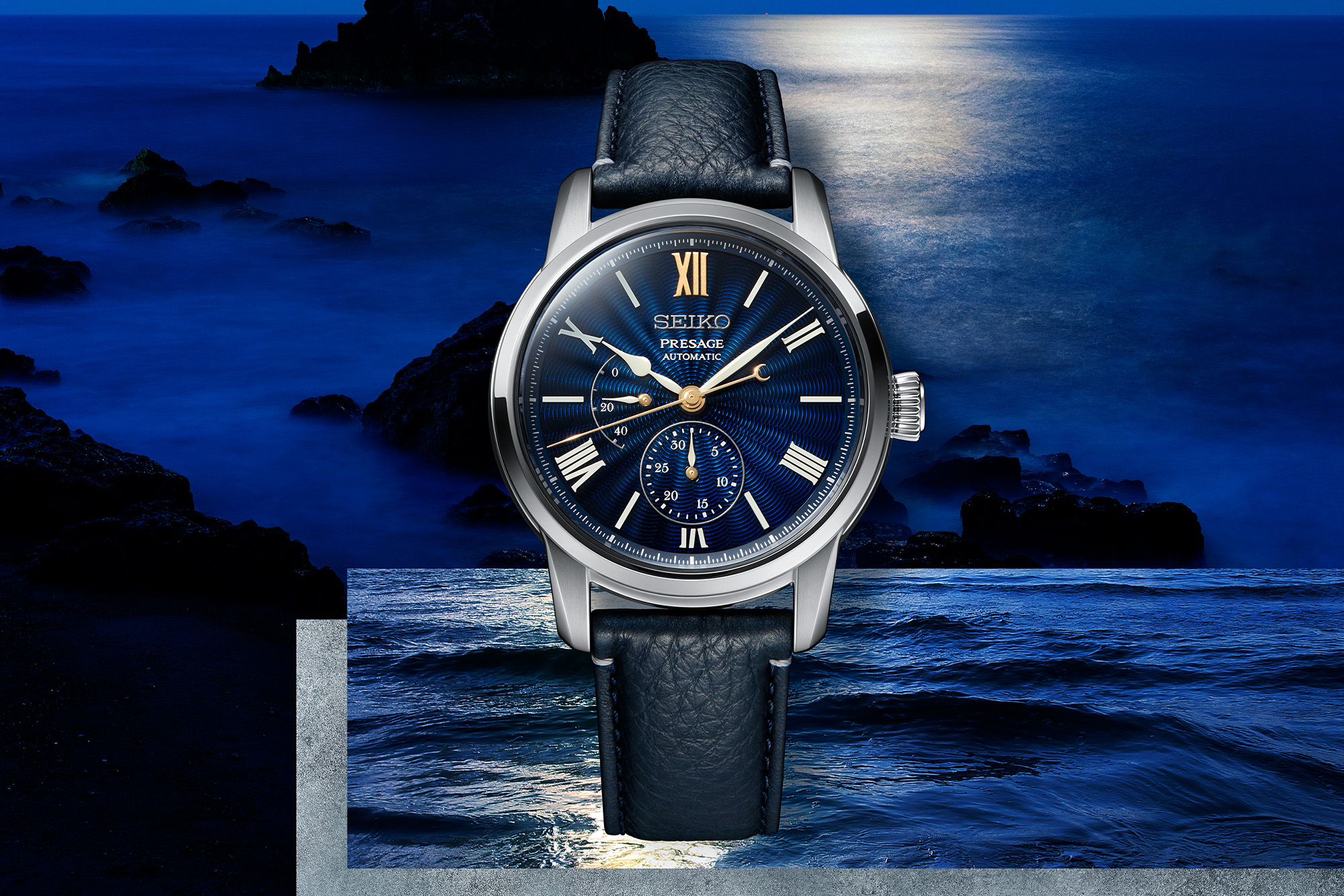
Seiko Presage Craftsmanship Series
2 of 17
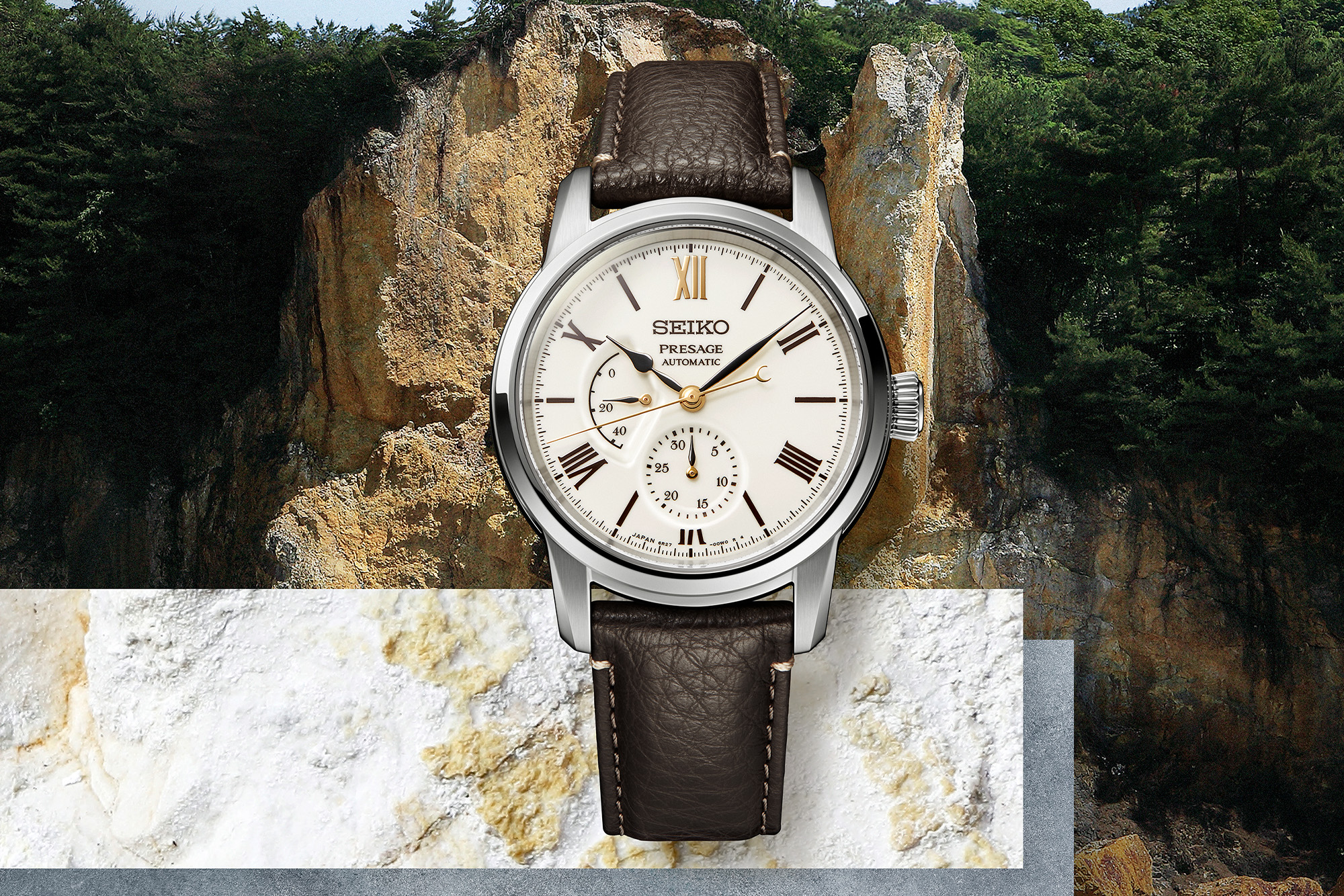
Seiko Presage Craftsmanship Series
3 of 17
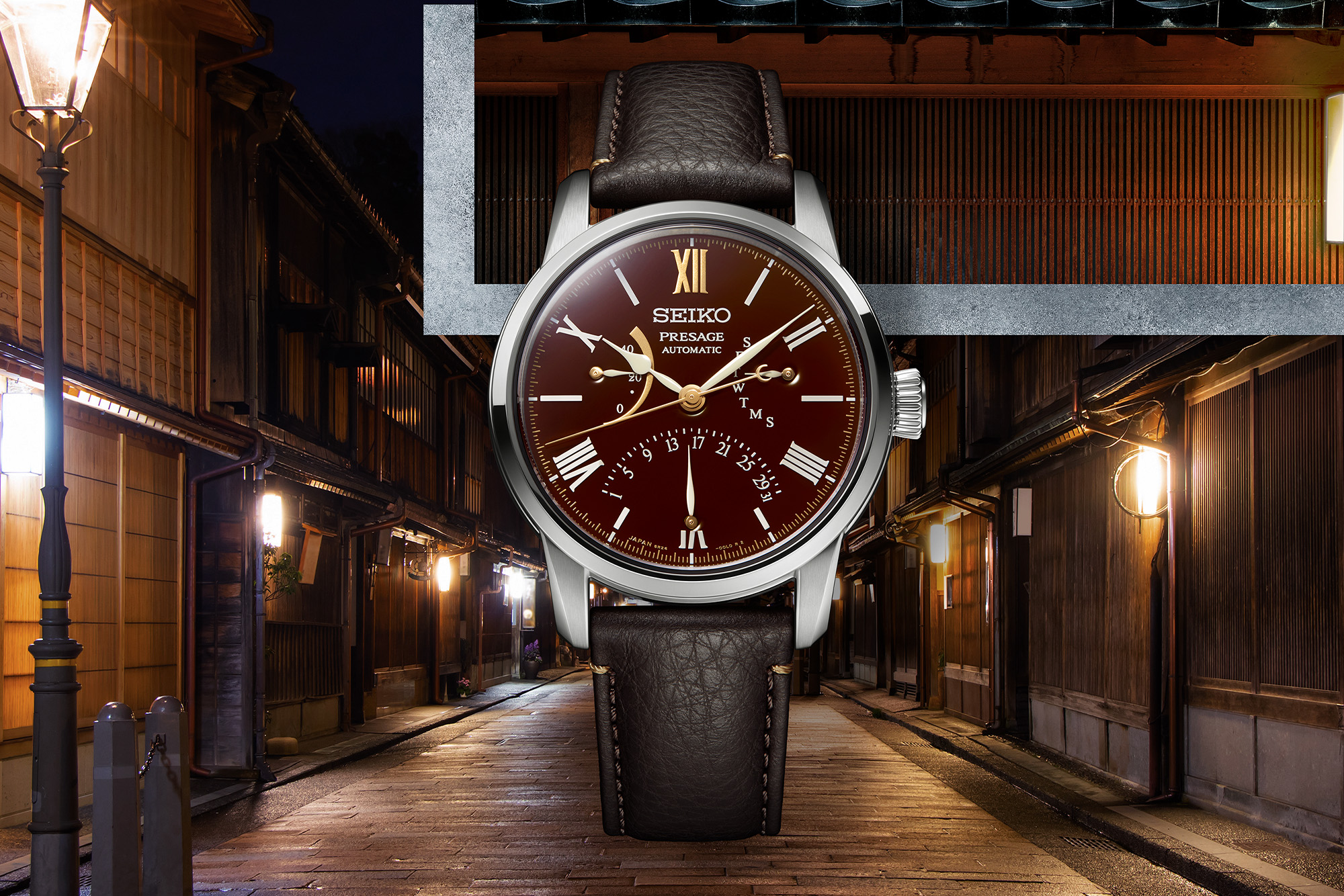
Seiko Presage Craftsmanship Series
4 of 17
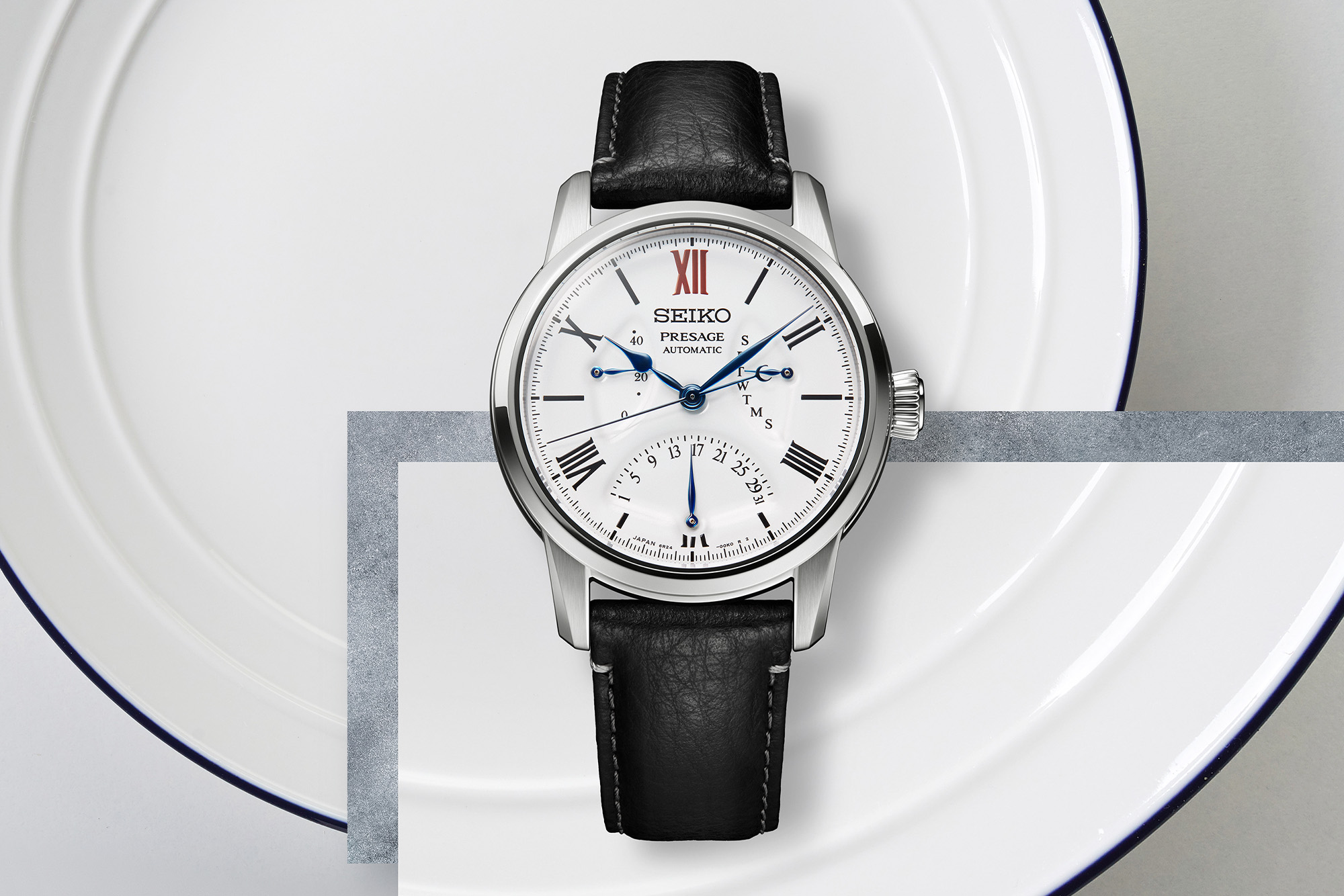
Seiko Presage Craftsmanship Series
5 of 17
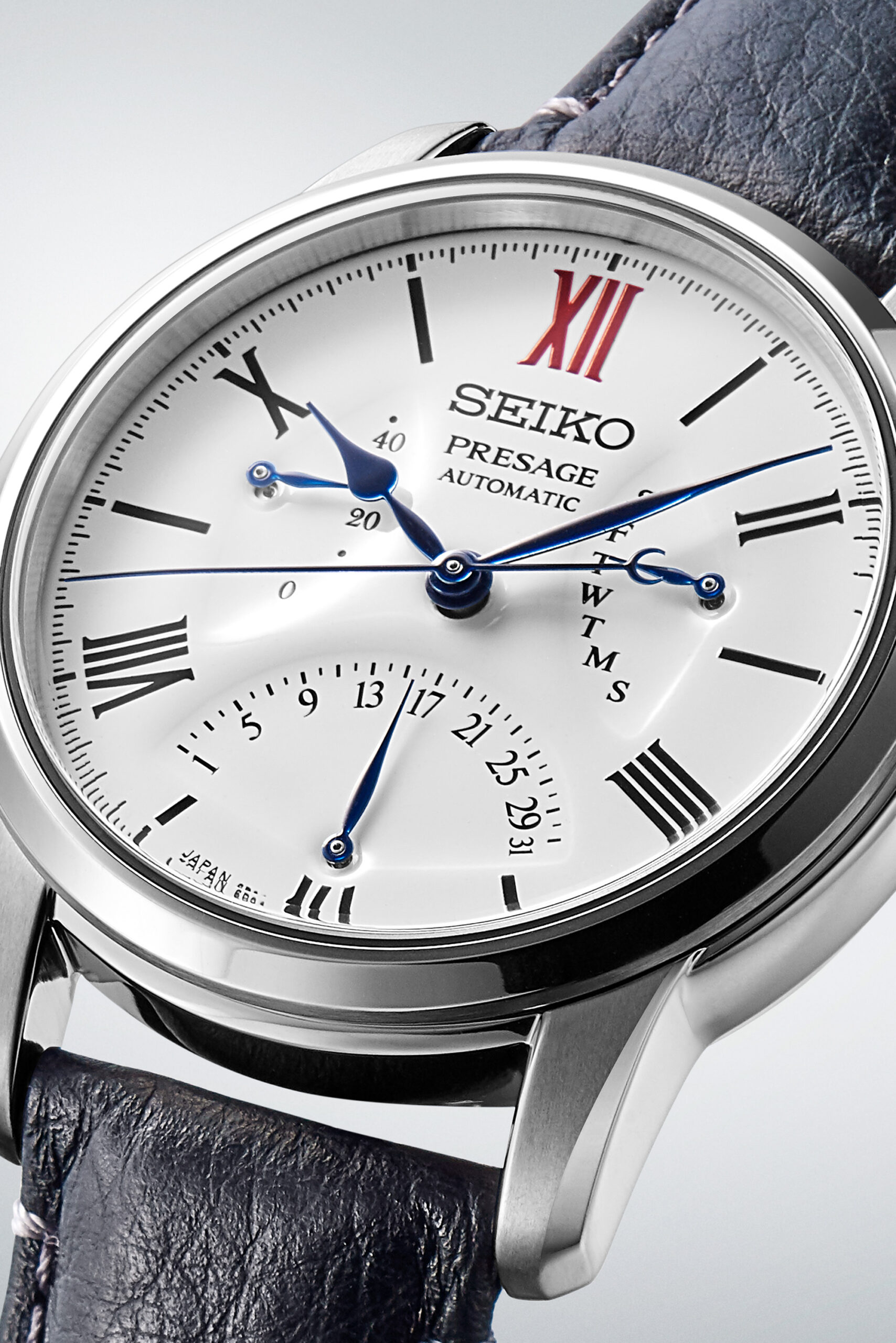
Seiko Presage Craftsmanship Series
6 of 17
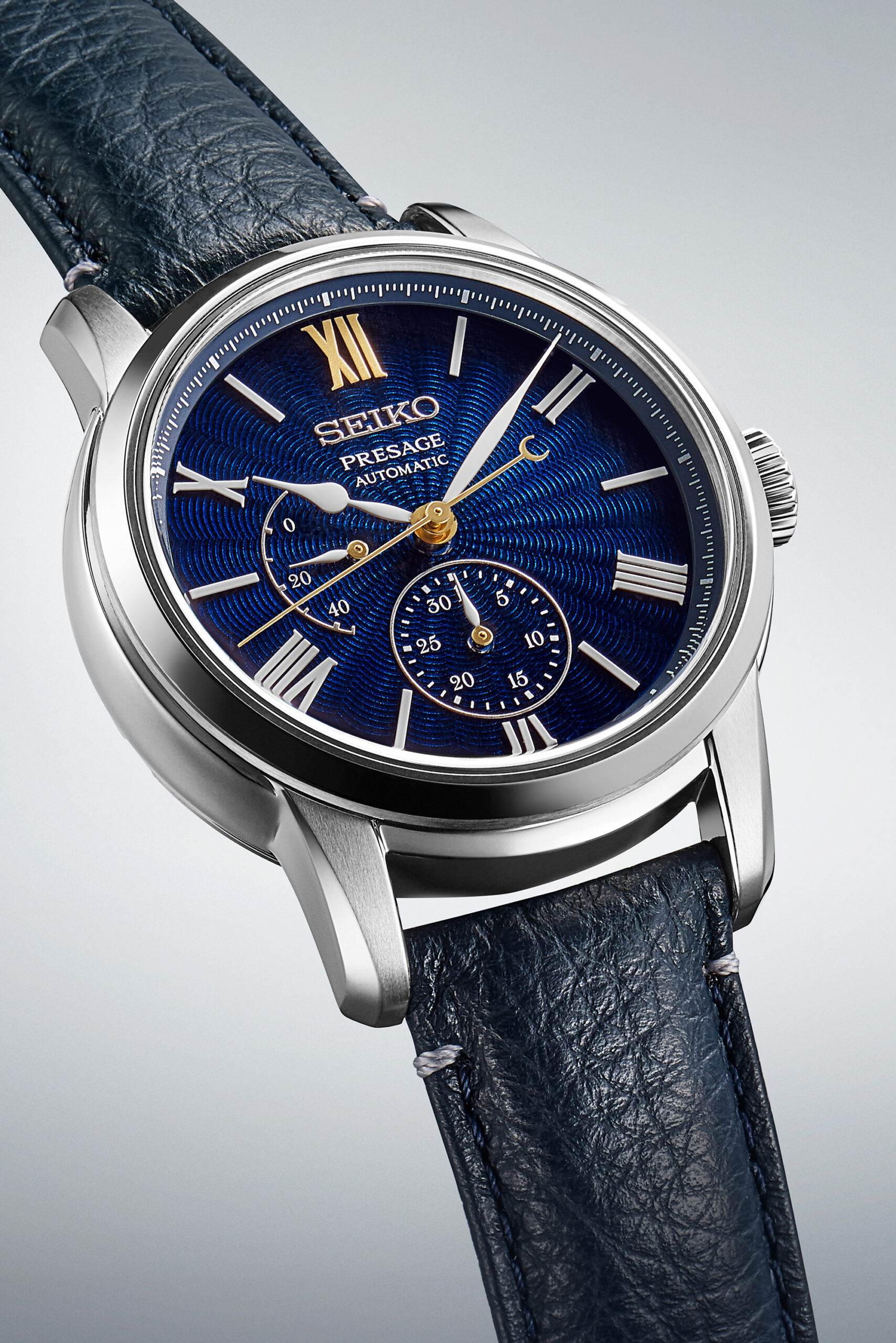
Seiko Presage Craftsmanship Series
7 of 17
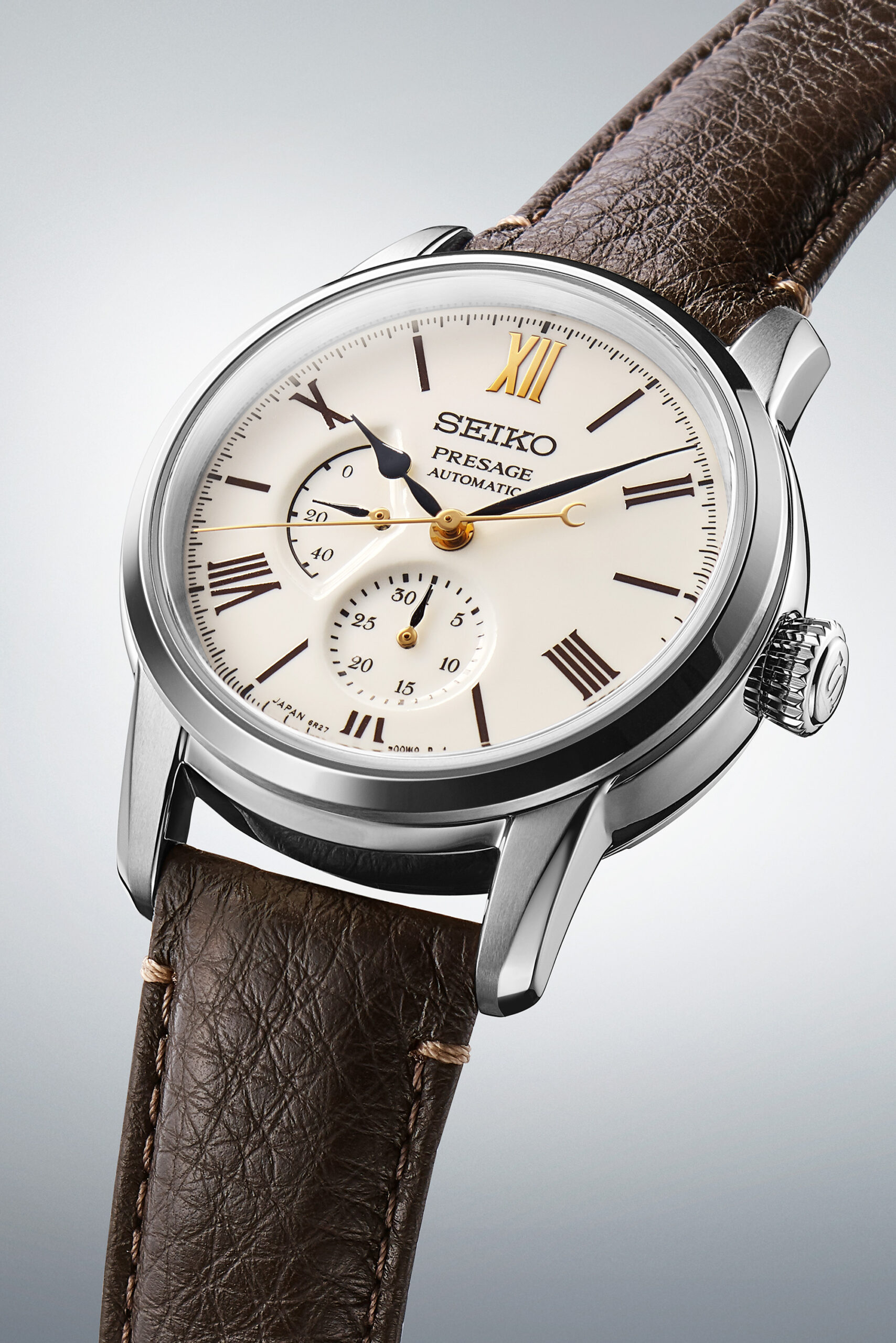
Seiko Presage Craftsmanship Series
8 of 17
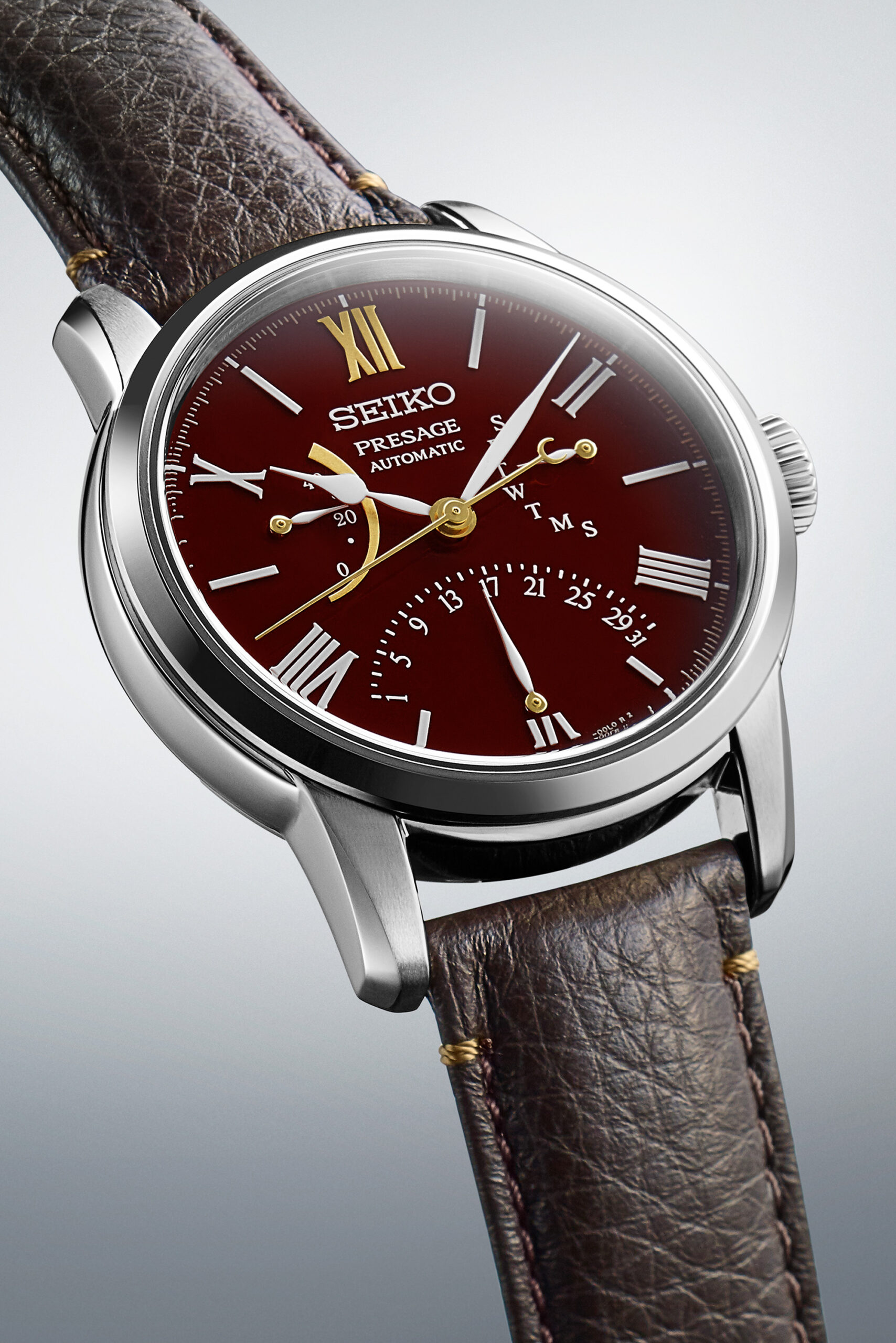
Seiko Presage Craftsmanship Series
9 of 17
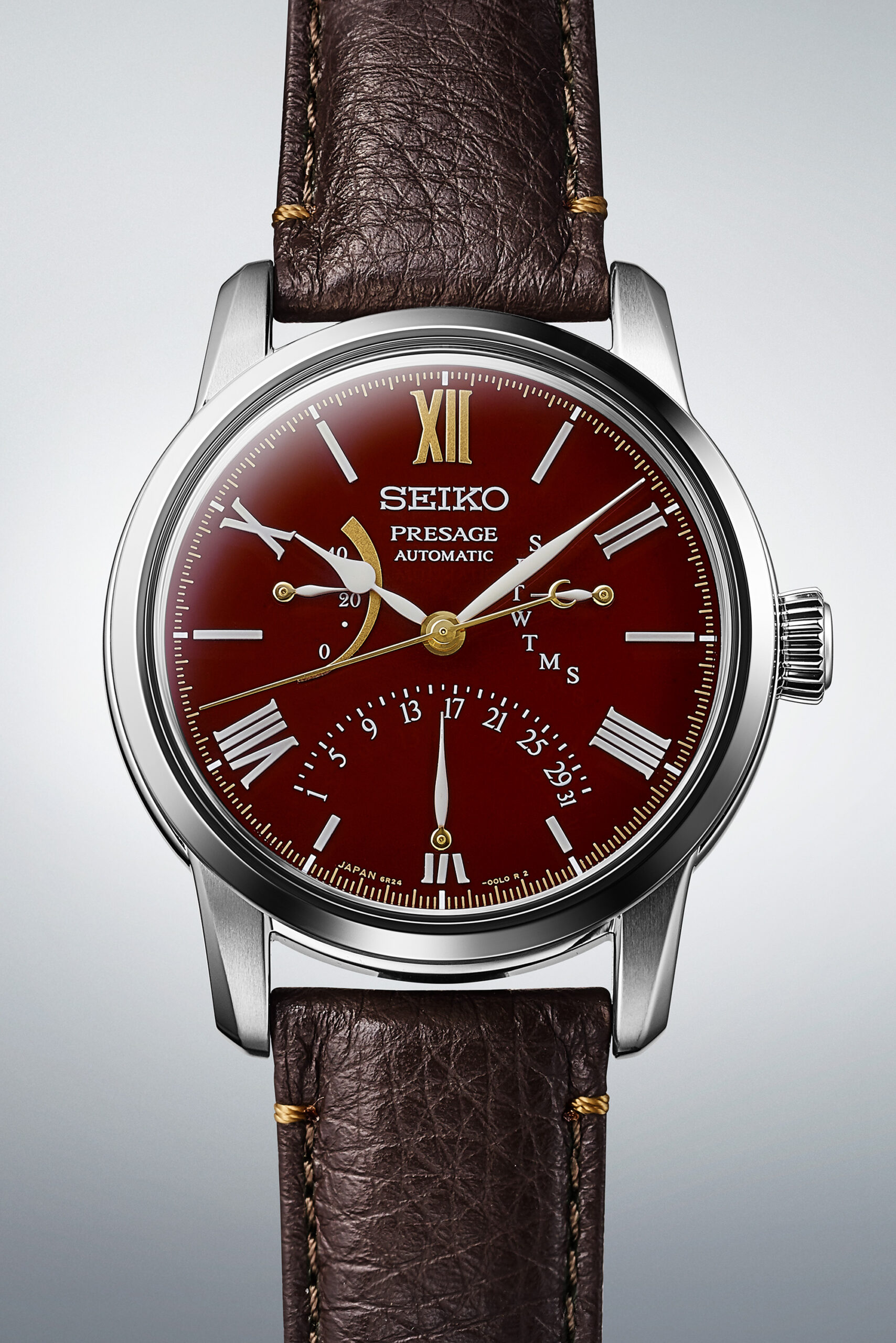
Seiko Presage Craftsmanship Series
10 of 17
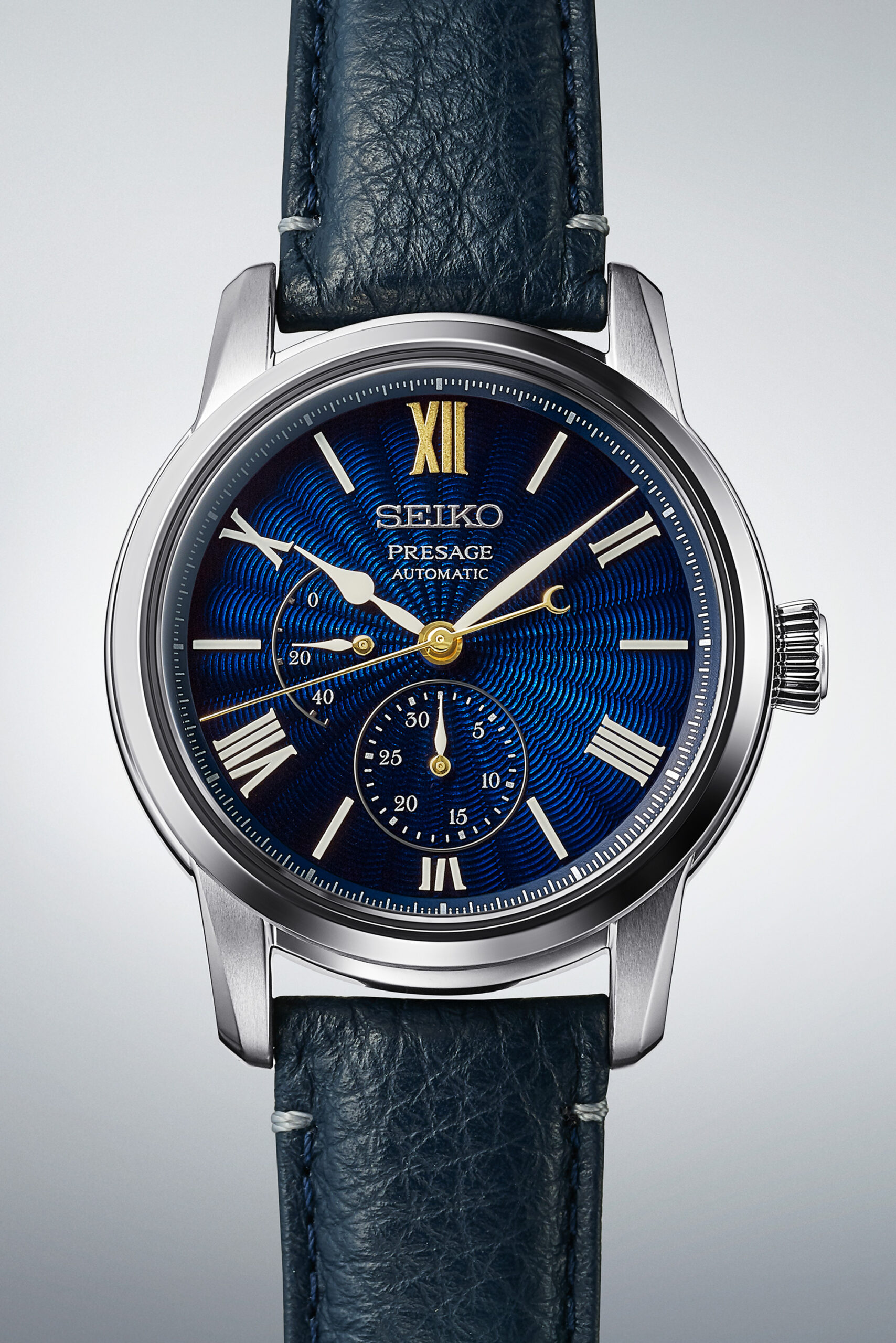
Seiko Presage Craftsmanship Series
11 of 17
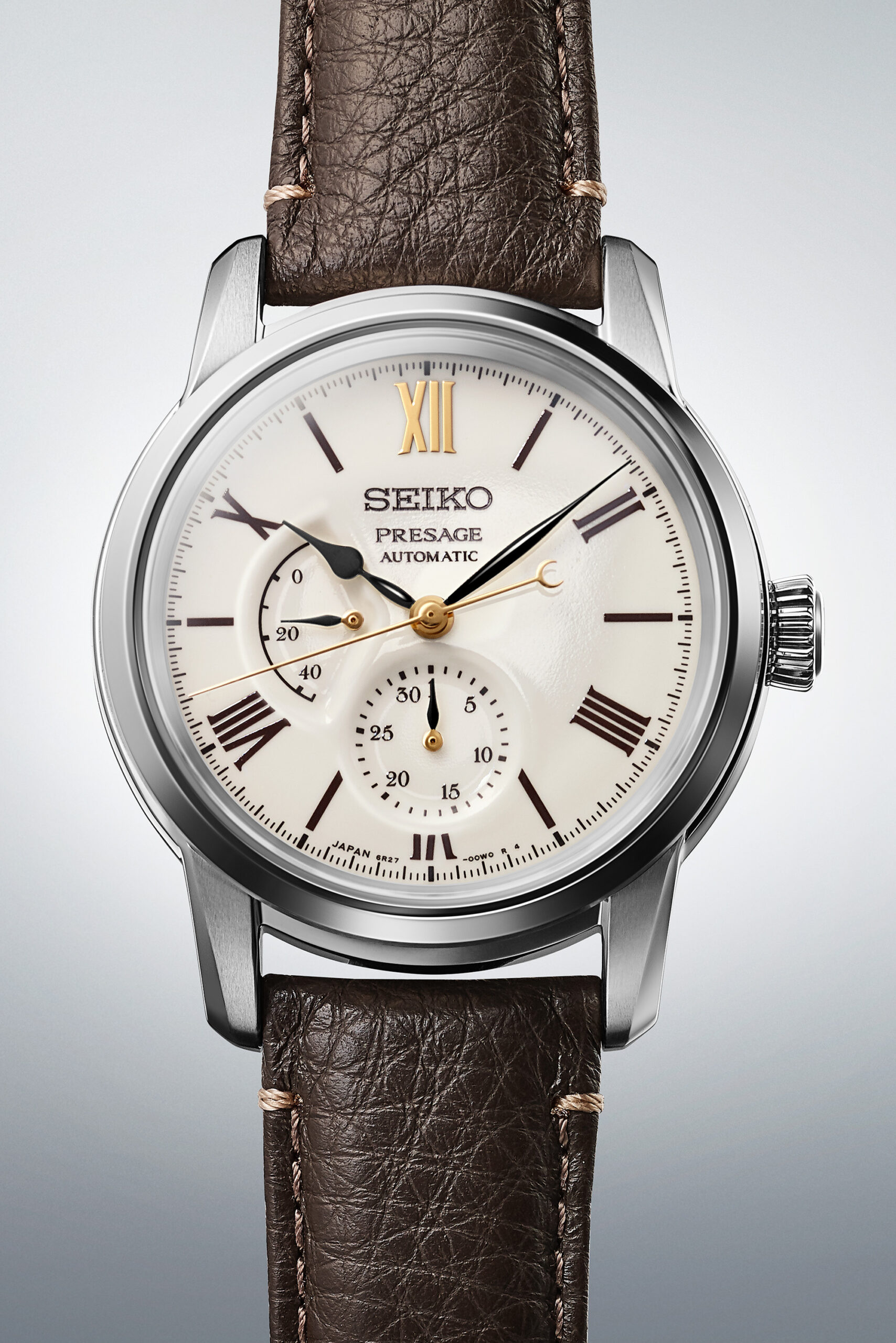
Seiko Presage Craftsmanship Series
12 of 17
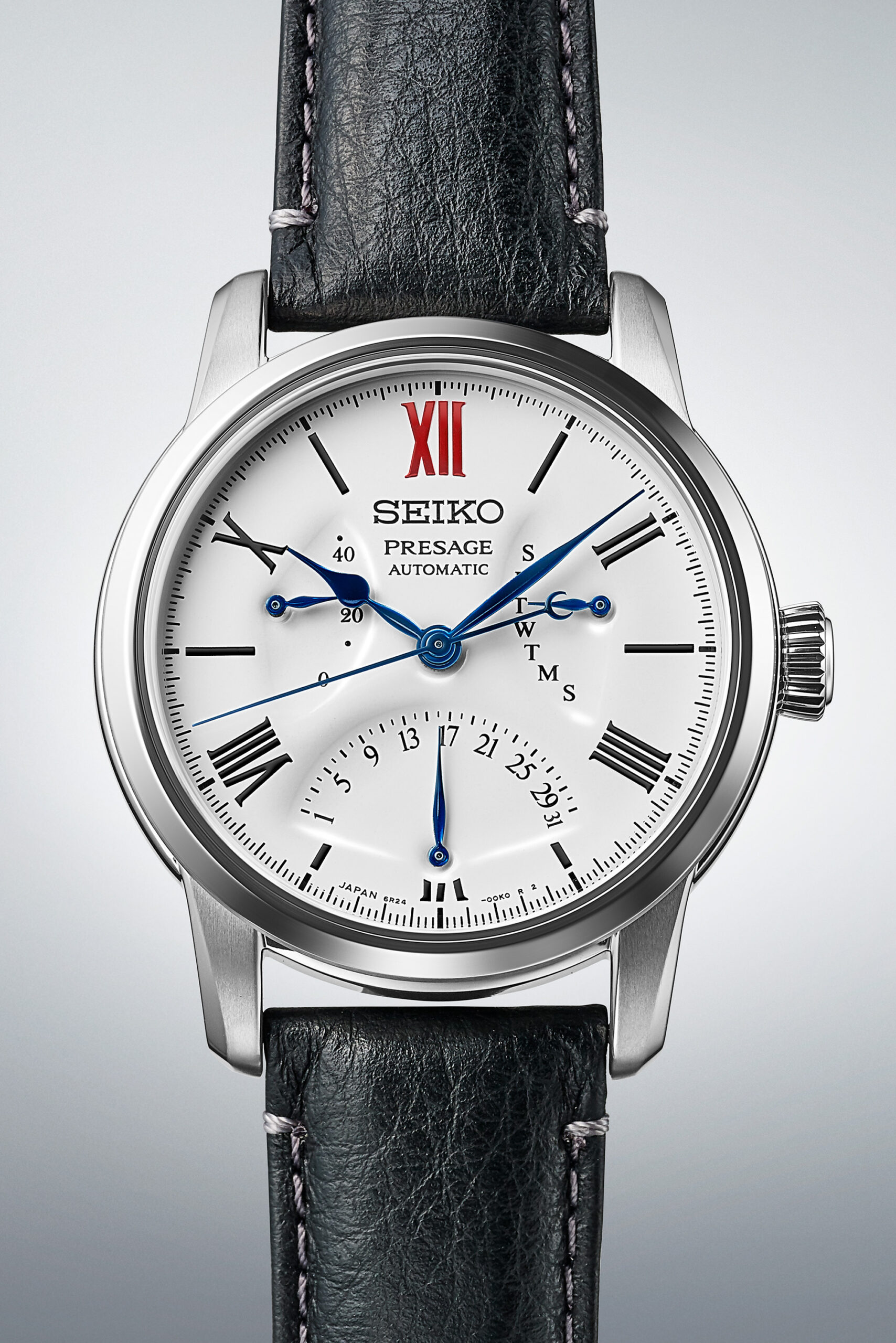
Seiko Presage Craftsmanship Series
13 of 17
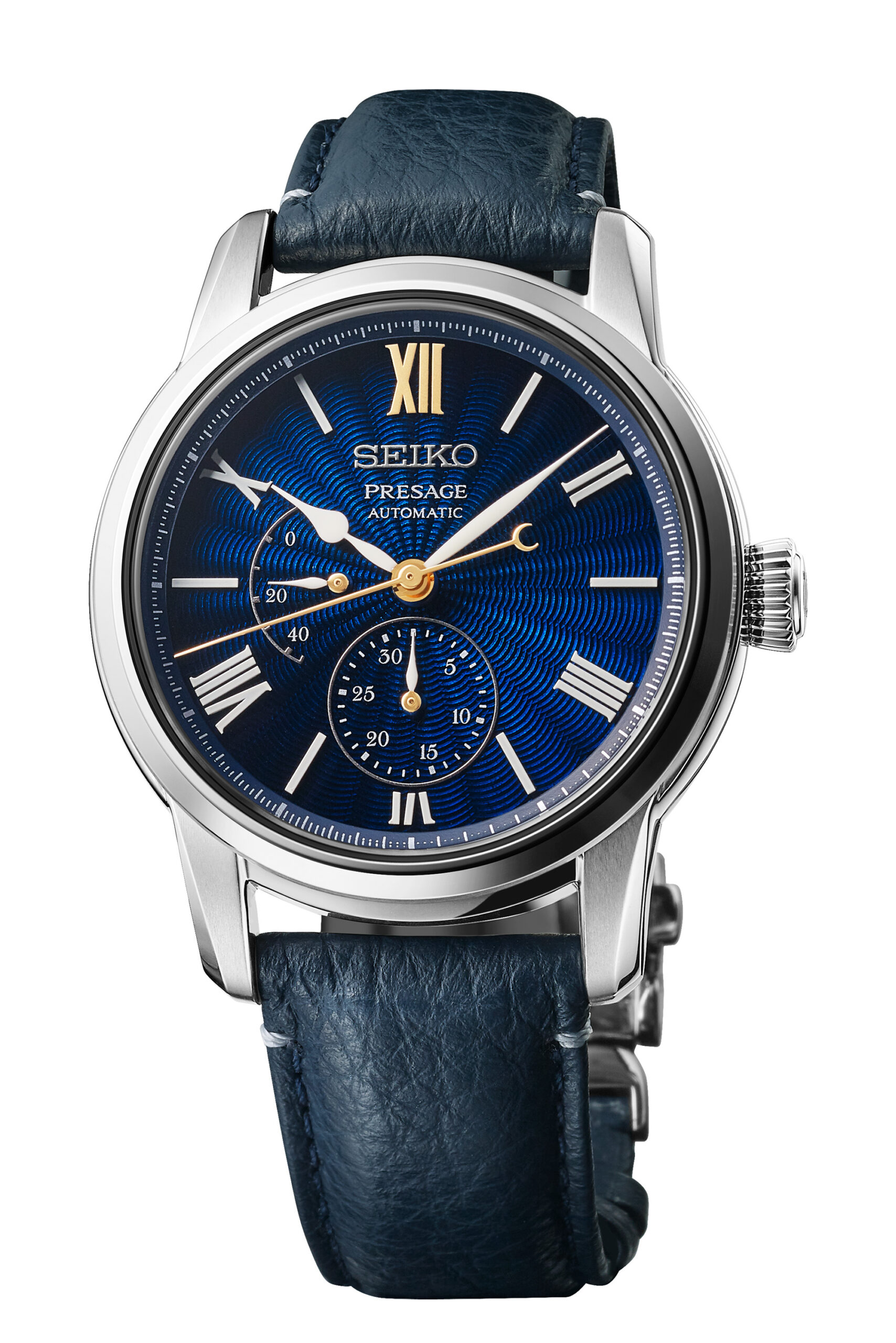
Seiko Presage Craftsmanship Series
14 of 17
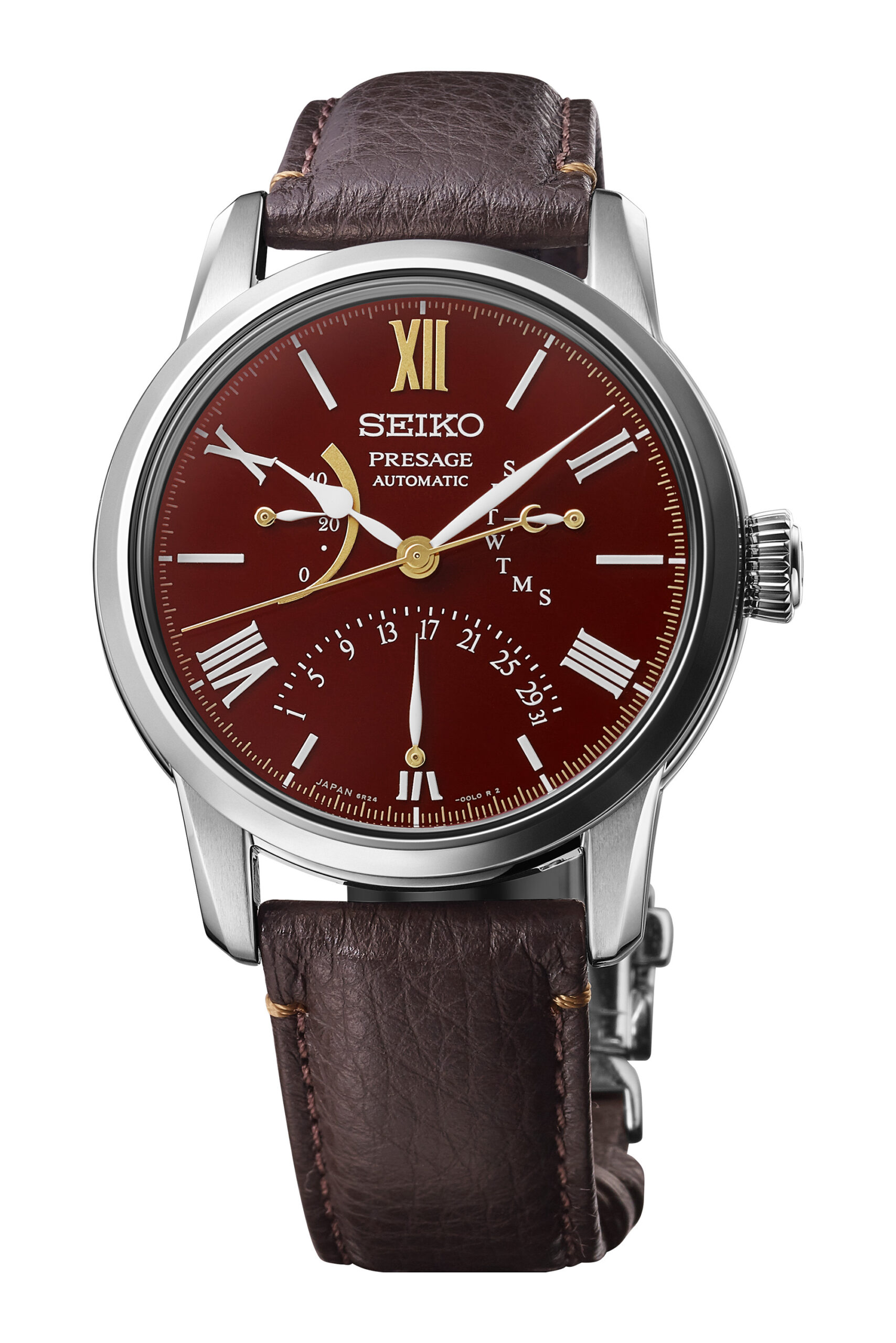
Seiko Presage Craftsmanship Series
15 of 17
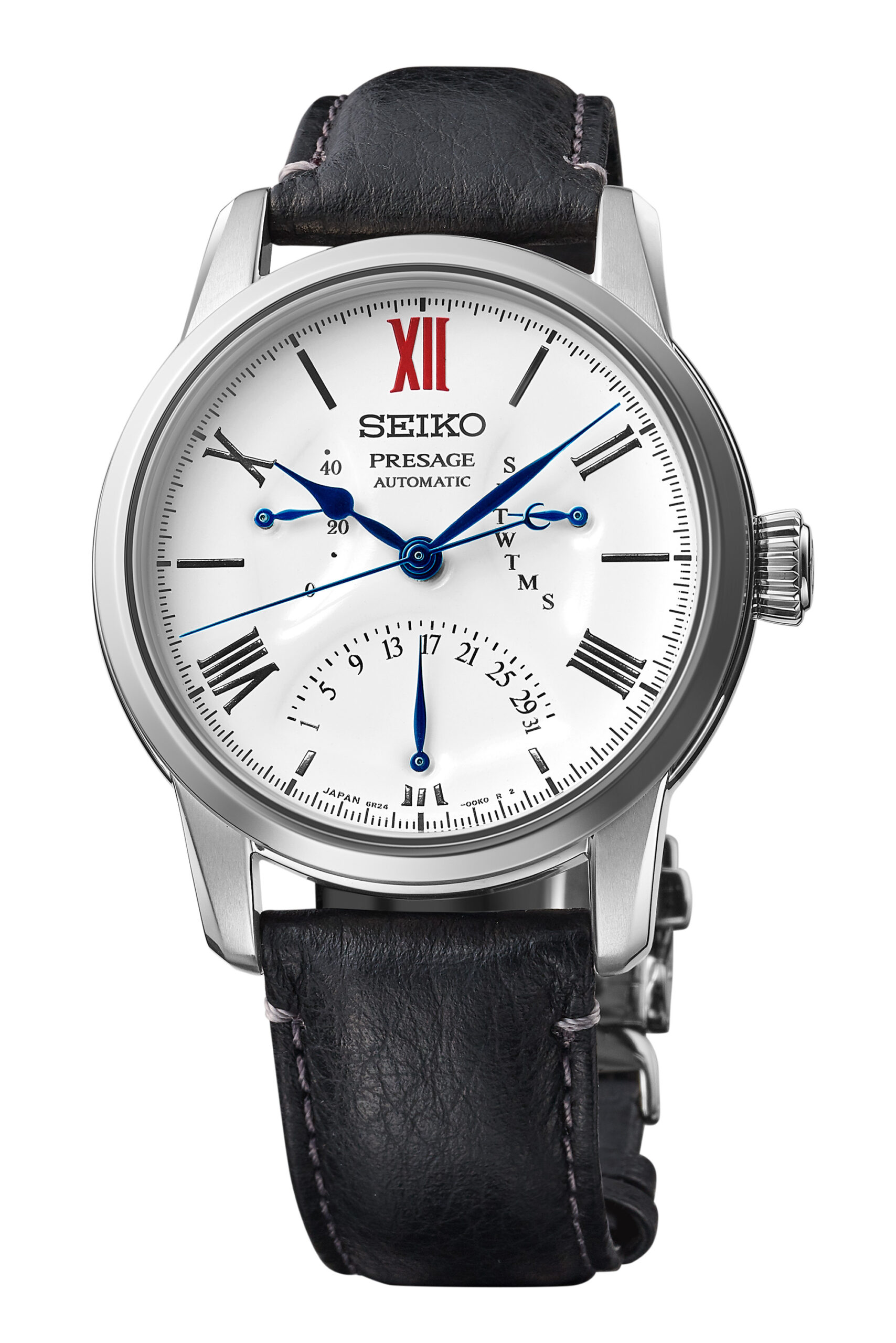
Seiko Presage Craftsmanship Series
16 of 17
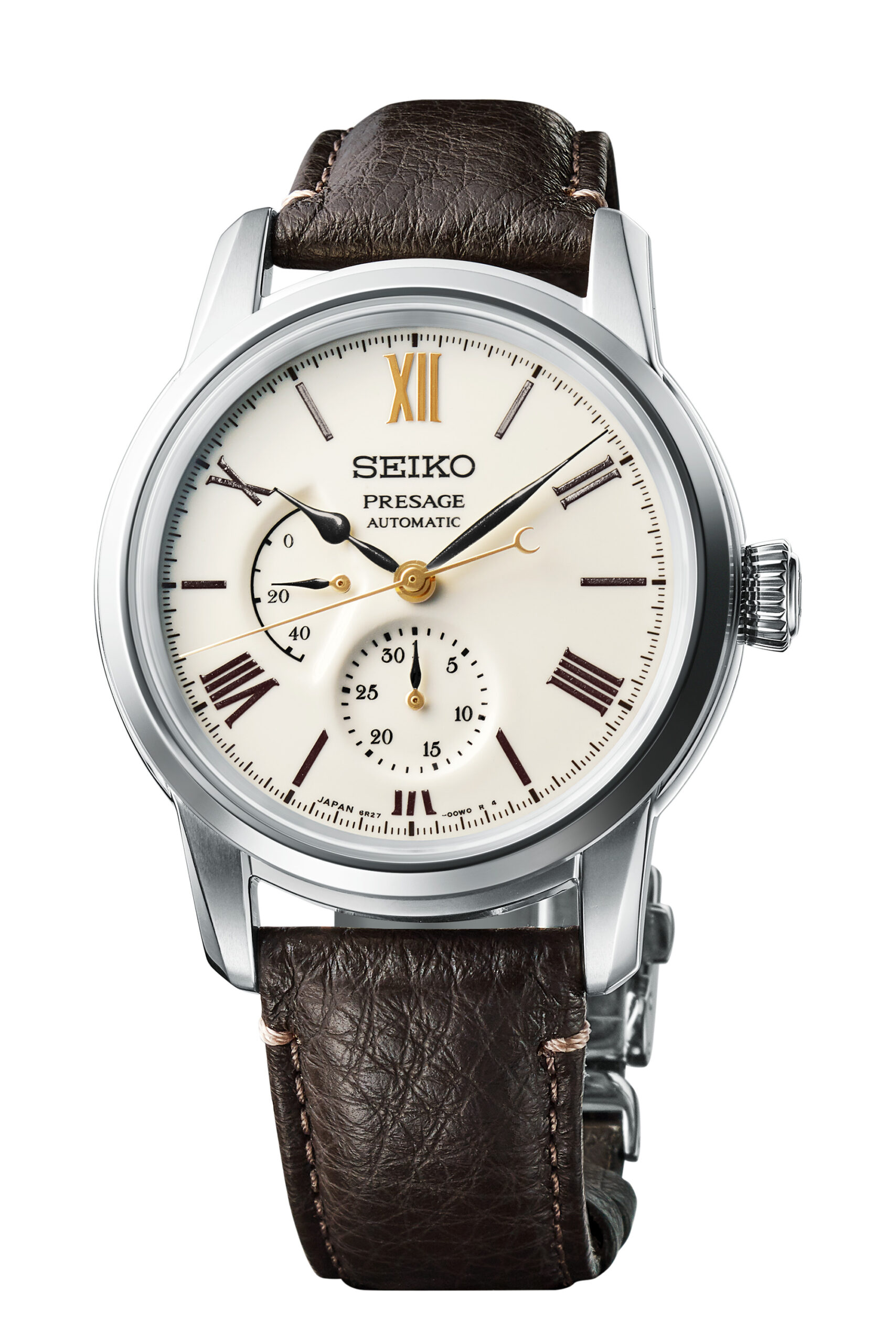
Seiko Presage Craftsmanship Series
17 of 17
Learn More
Japanese craftsmanship is one of Seiko’s favourite themes on which to riff, and this limited-edition quartet of Presage dress watches puts the brand’s most elevated dial-making materials on proud display. In addition to a new case shape with refined angles and a slimmer look on the wrist, the new Presage series features a dial design with alternating roman numerals and indexes, and a dual-curved sapphire crystal to make the surface of the dial appear closer. The first watch (SPB393) sports an enamel dial created by master craftsman Mitsuru Yokosawa, with a red roman numeral at 12 o’clock, a nod to the original 1913 Laurel. The second (SPB395) boasts a dial made from traditional Japanese lacquer by Urushi master Isshu Tamura. Rendered in a unique coppery brown hue, the colour of this piece is said to be inspired by the streetscape of Kanazawa, in Ishikawa Prefecture, where Tamura’s studio is located. The third (SPB397) version’s ivory-coloured porcelain dial is made in Saga Prefecture, a region of Japan that’s been famous for its Arita porcelain for centuries. The fourth, final, and most limited of these limited-editions (SPB399) has a dial made from Shippo enamel in a deep ocean blue, which is polished to create a unique wavy texture. ($2,095 – $2,895)
Seiko Prospex 1970 Diver’s Modern Re-interpretation The Naomi Uemura Limited Edition (SLA069)
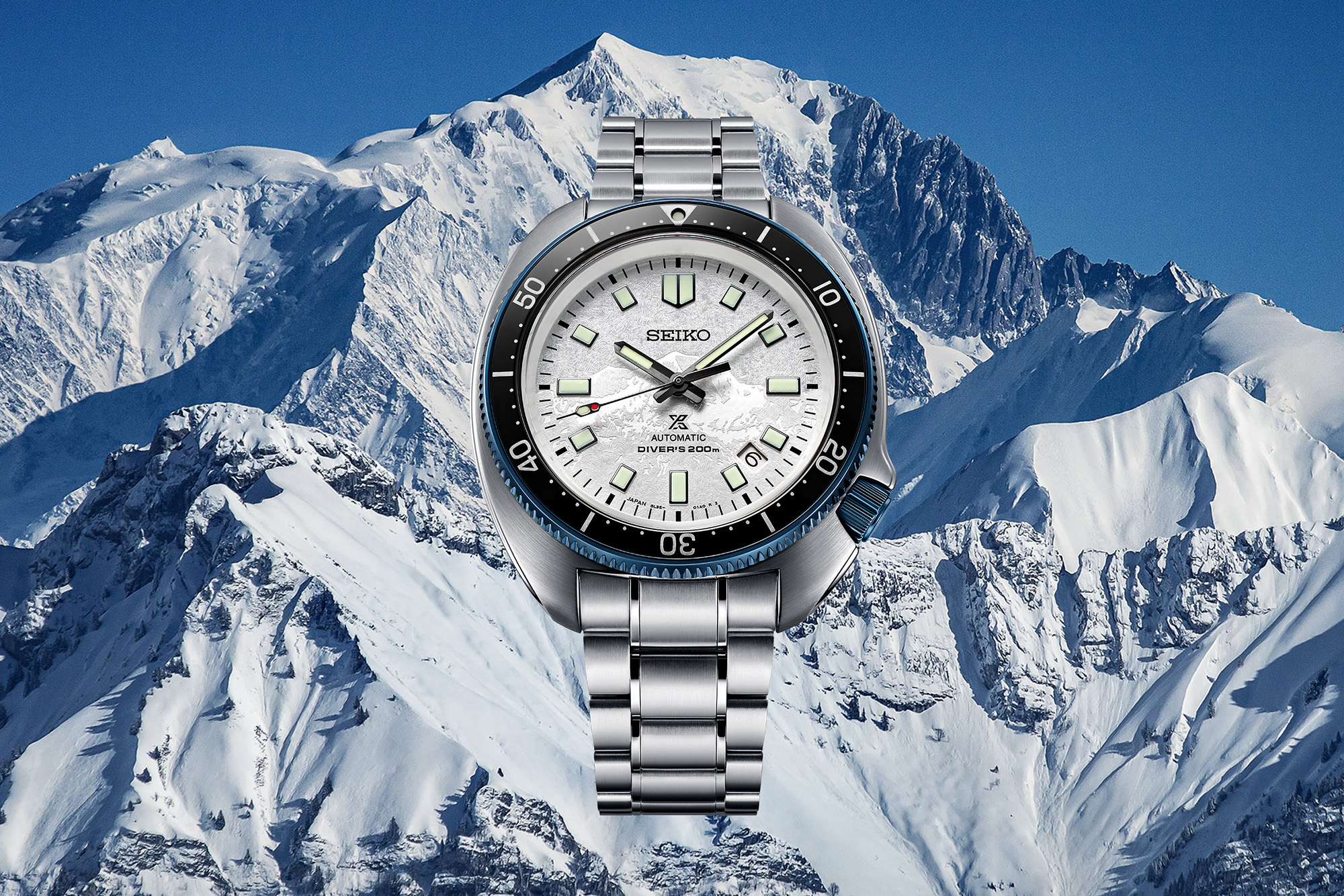
Seiko Prospex 1970 Diver’s Modern Re-interpretation The Naomi Uemura Limited Edition (SLA069)
1 of 5
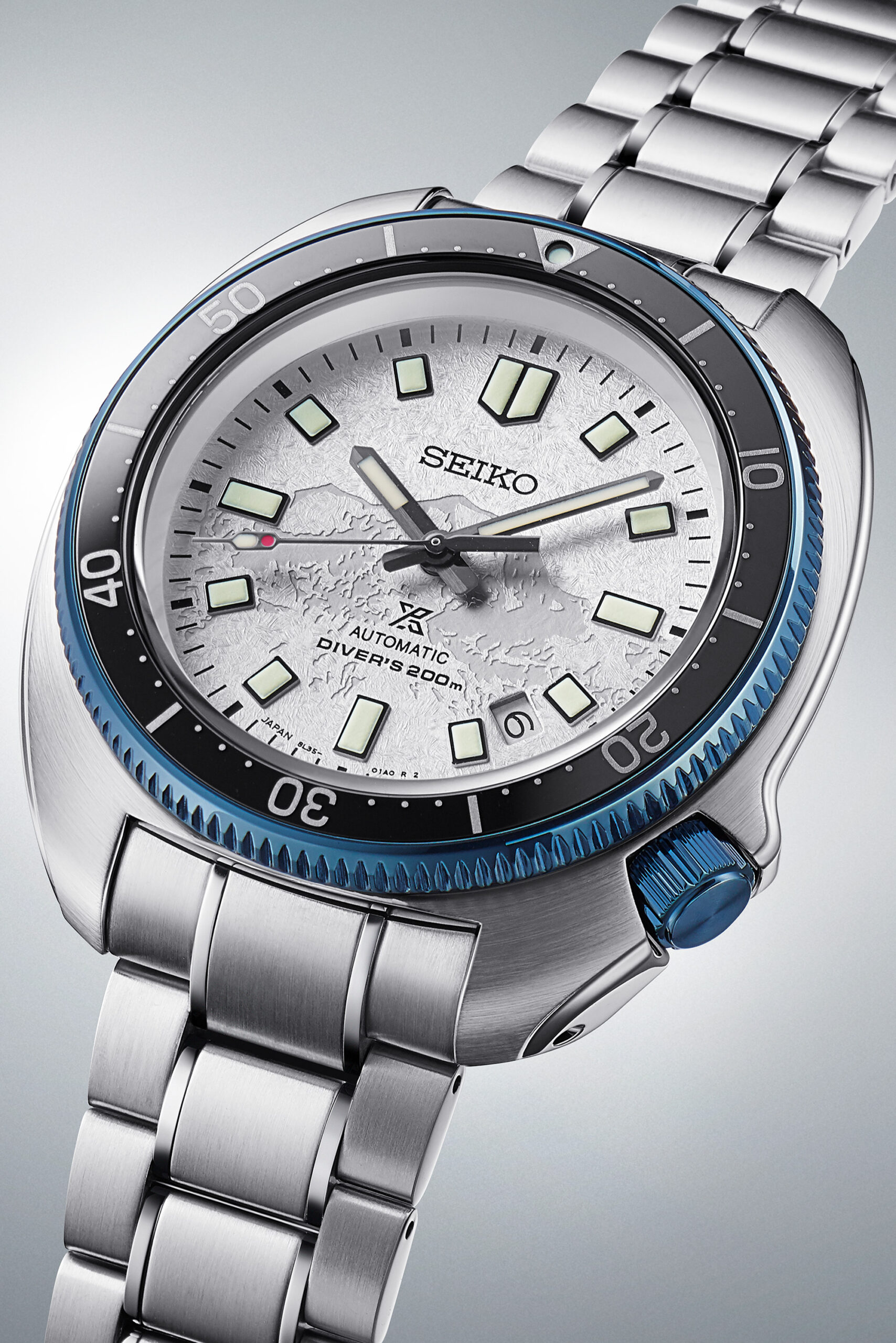
Seiko Prospex 1970 Diver’s Modern Re-interpretation The Naomi Uemura Limited Edition (SLA069)
2 of 5
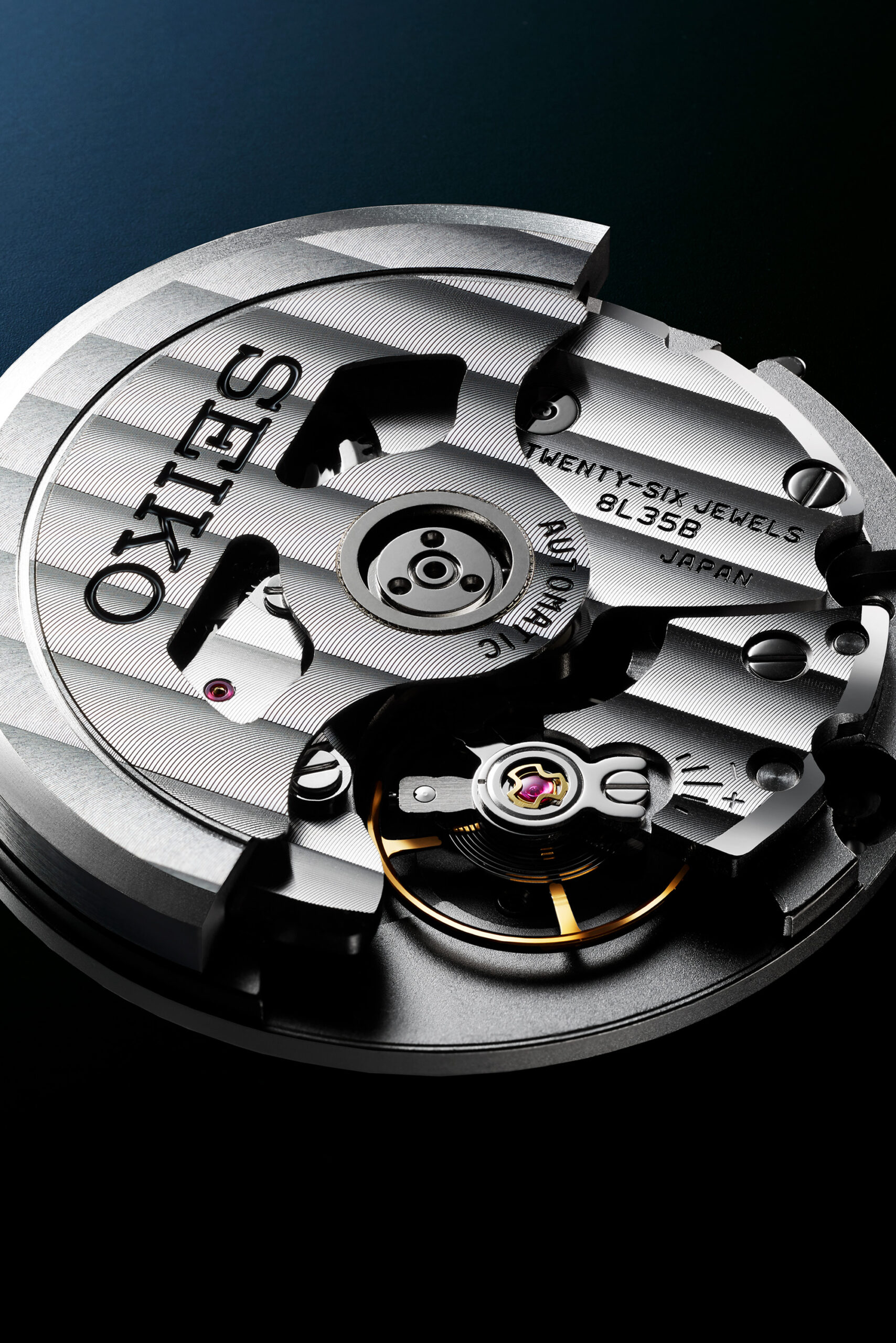
Seiko Prospex 1970 Diver’s Modern Re-interpretation The Naomi Uemura Limited Edition (SLA069)
3 of 5
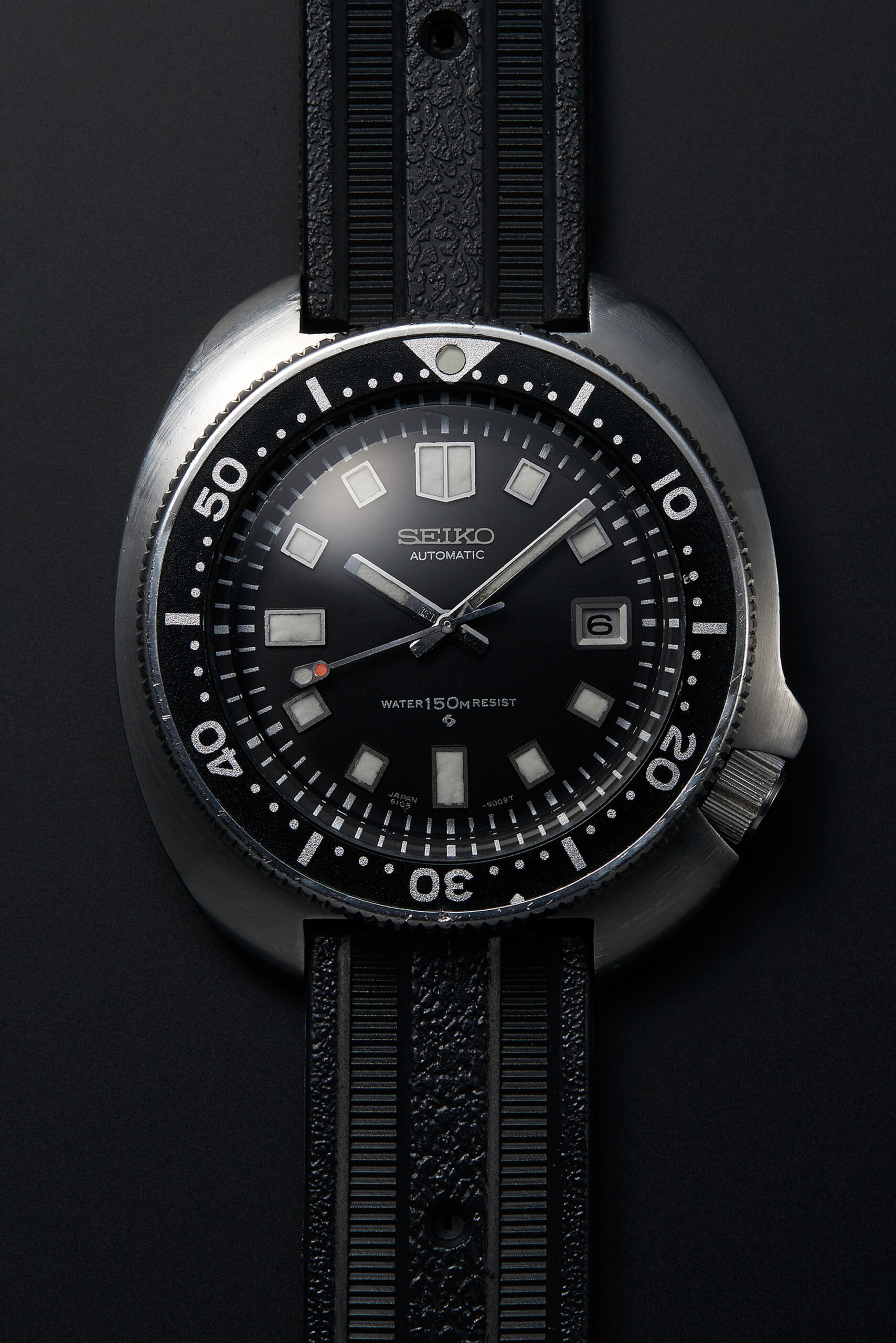
Seiko Prospex 1970 Diver’s Modern Re-interpretation The Naomi Uemura Limited Edition (SLA069)
4 of 5
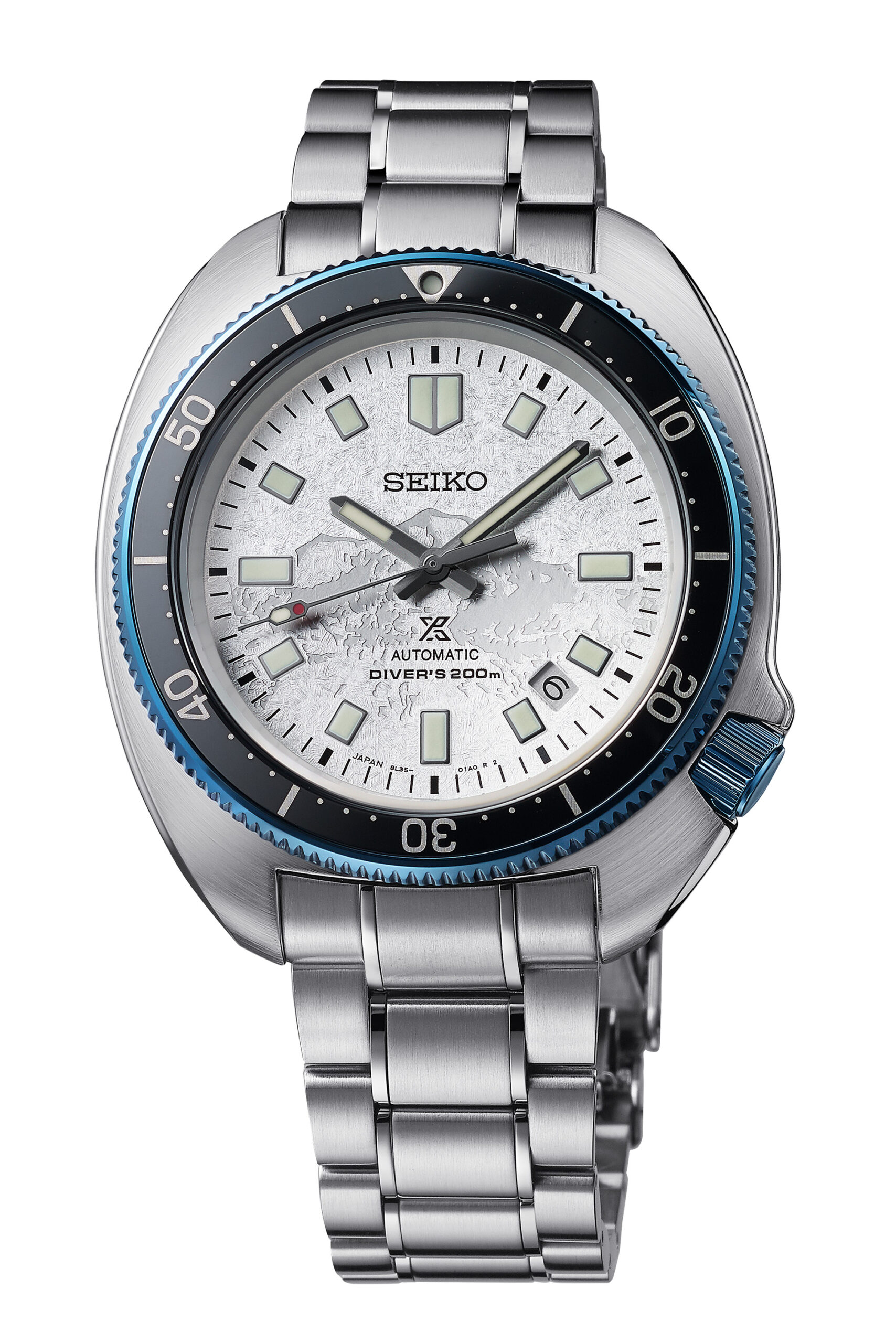
Seiko Prospex 1970 Diver’s Modern Re-interpretation The Naomi Uemura Limited Edition (SLA069)
5 of 5
Learn More
Combining its legacy as a leading maker of tool watches in the 1960s and 1970s with its skill at crafting artful dials, this modern re-interpretation pays tribute to one of the most impressive figures in Seiko history, Naomi Uemura. Born in 1941, Uemura was the first Japanese climber summit Mont Blanc, Mt. Kilimanjaro, Mt. Aconcagua, Mt. Everest, and Denali, and wore Seiko’s 1970’s diver’s watch on several of his expeditions during that decade. This edition re-interprets that vintage design, adding ice blue accents on the bezel and winding crown, and a dial emblazoned with the silhouette of Mont Blanc to commemorate Uemura’s ascent. ($3,925)
Seiko Watchmaking 110th Anniversary King Seiko Collection (SPB365)
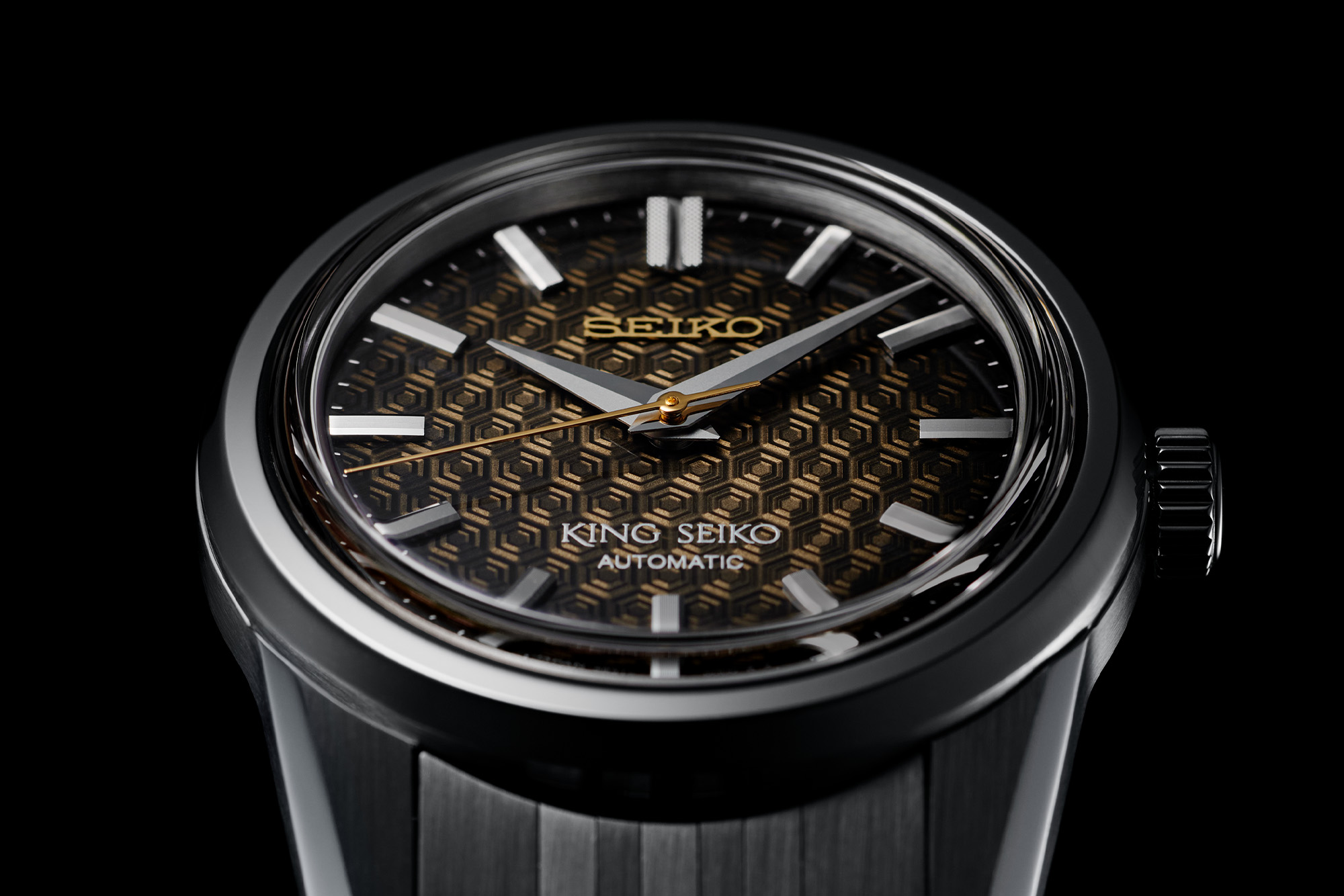
Seiko Watchmaking 110th Anniversary King Seiko Collection (SPB365)
1 of 11
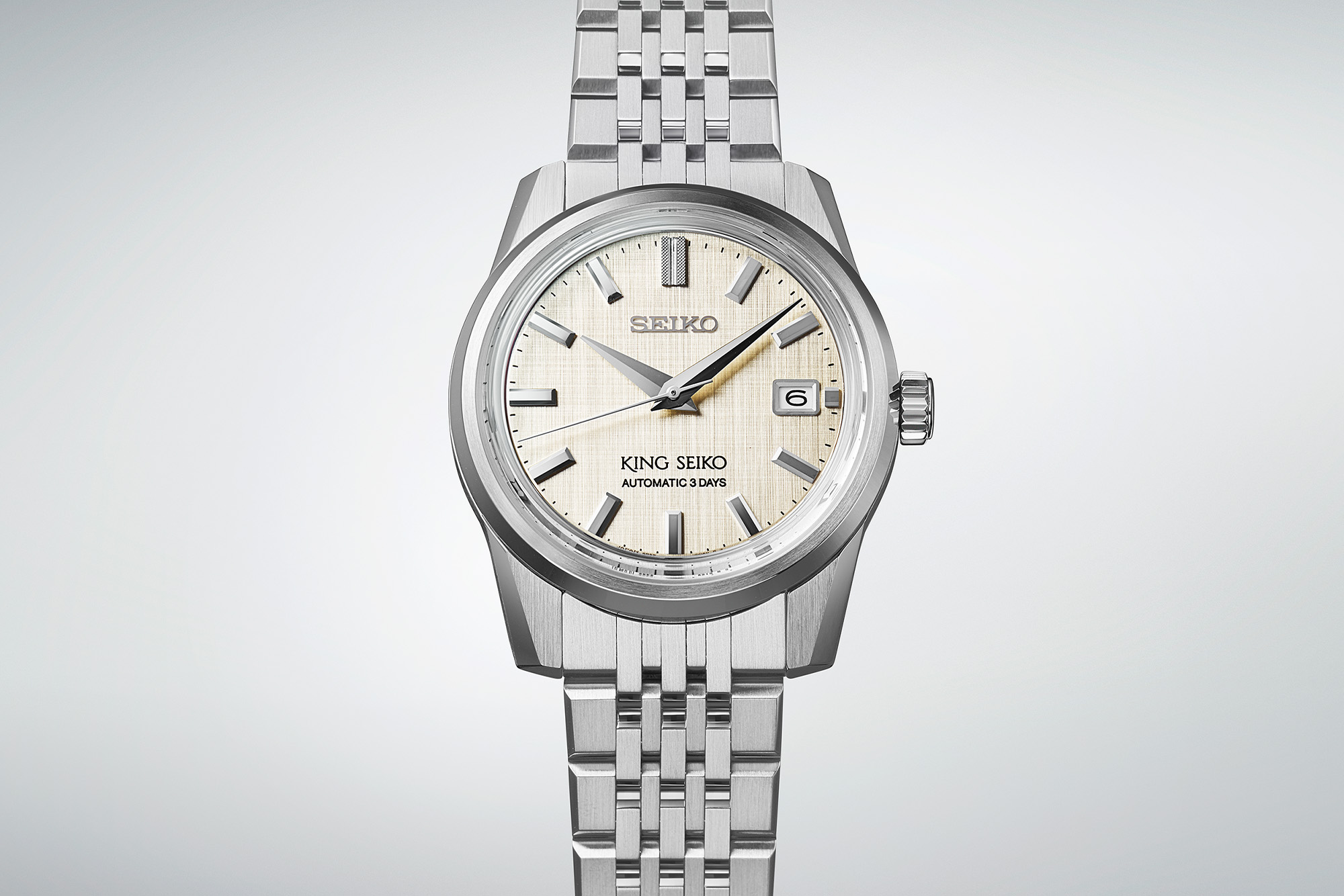
Seiko Watchmaking 110th Anniversary King Seiko Collection (SPB365)
2 of 11
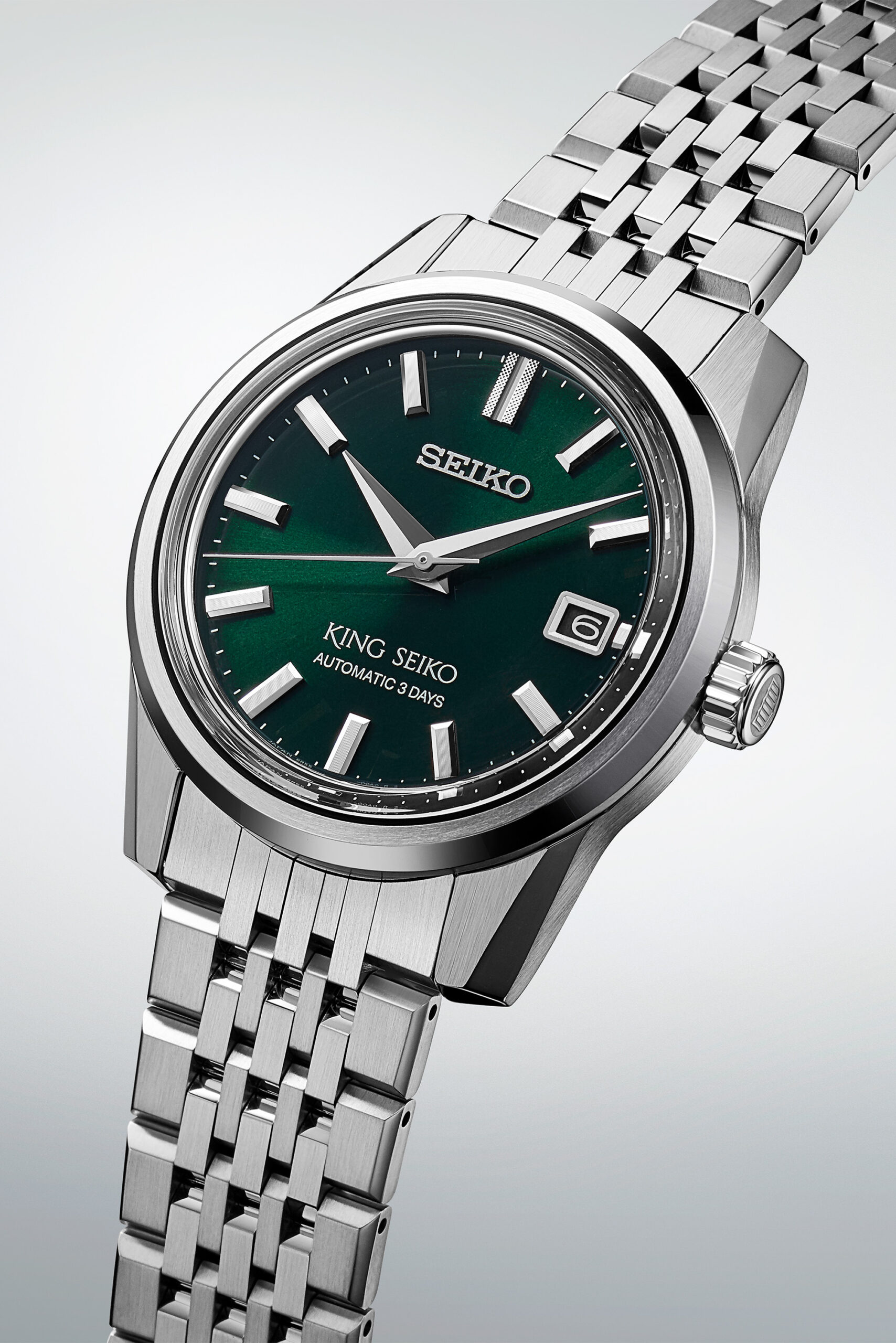
Seiko Watchmaking 110th Anniversary King Seiko Collection (SPB365)
3 of 11
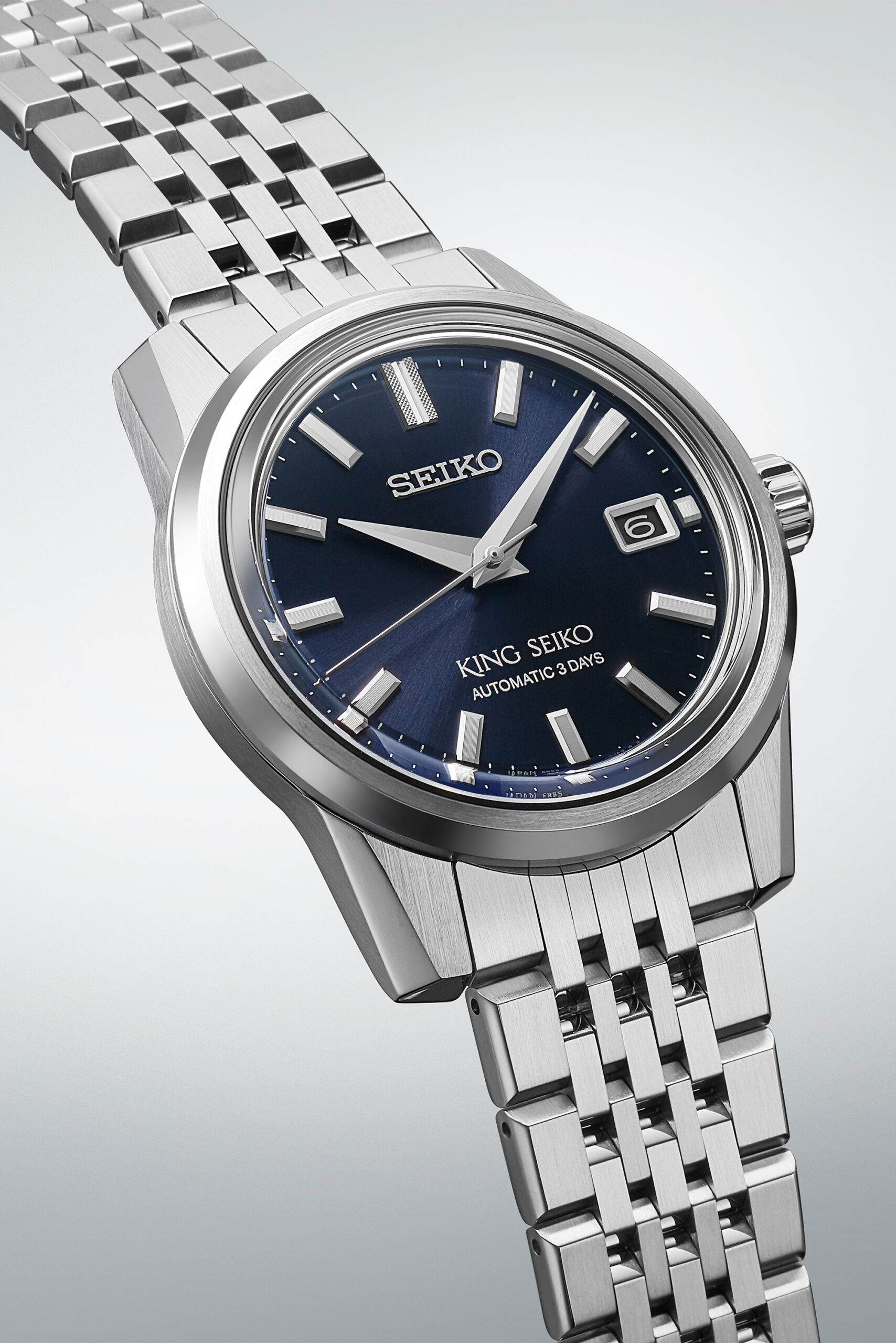
Seiko Watchmaking 110th Anniversary King Seiko Collection (SPB365)
4 of 11
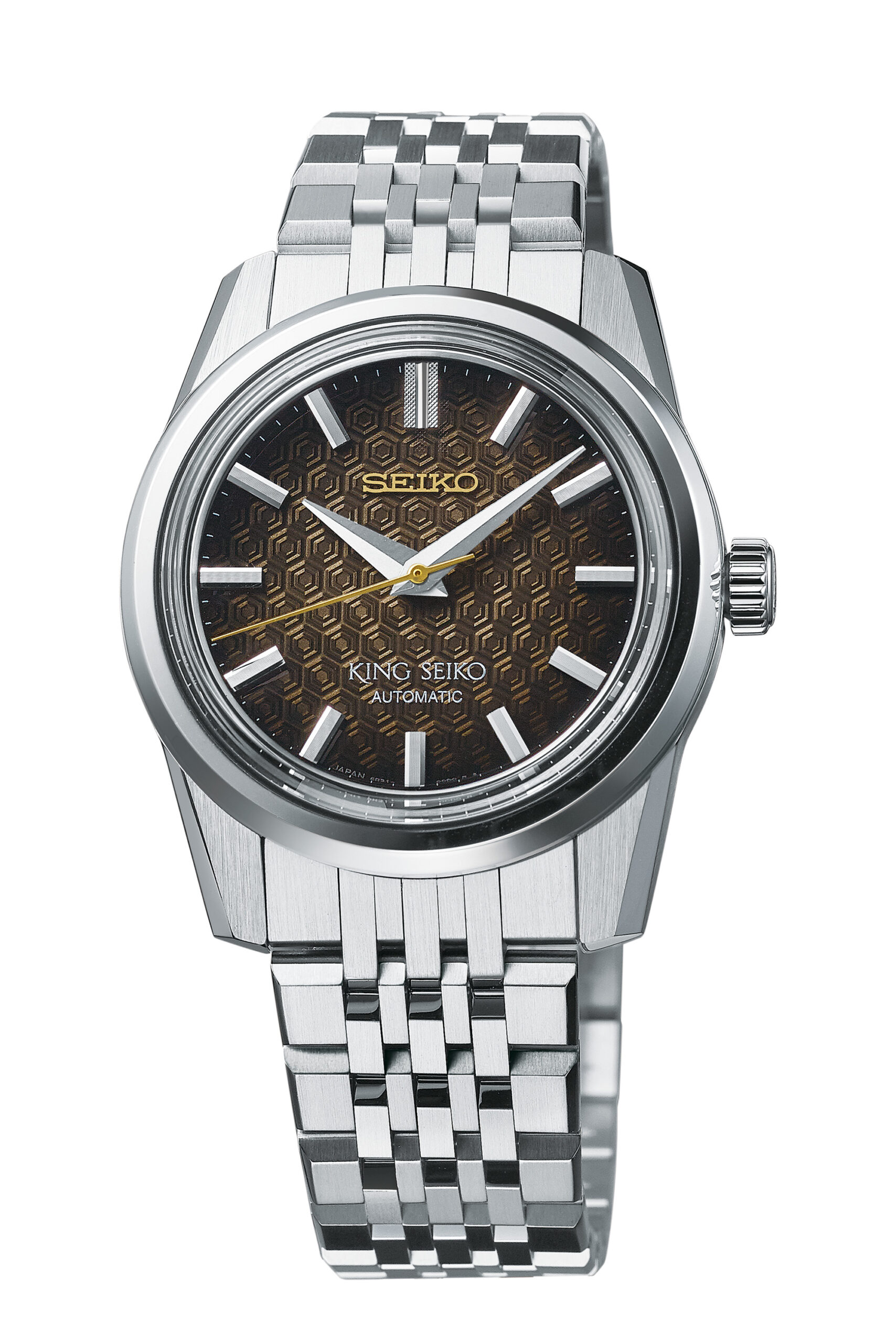
Seiko Watchmaking 110th Anniversary King Seiko Collection (SPB365)
5 of 11
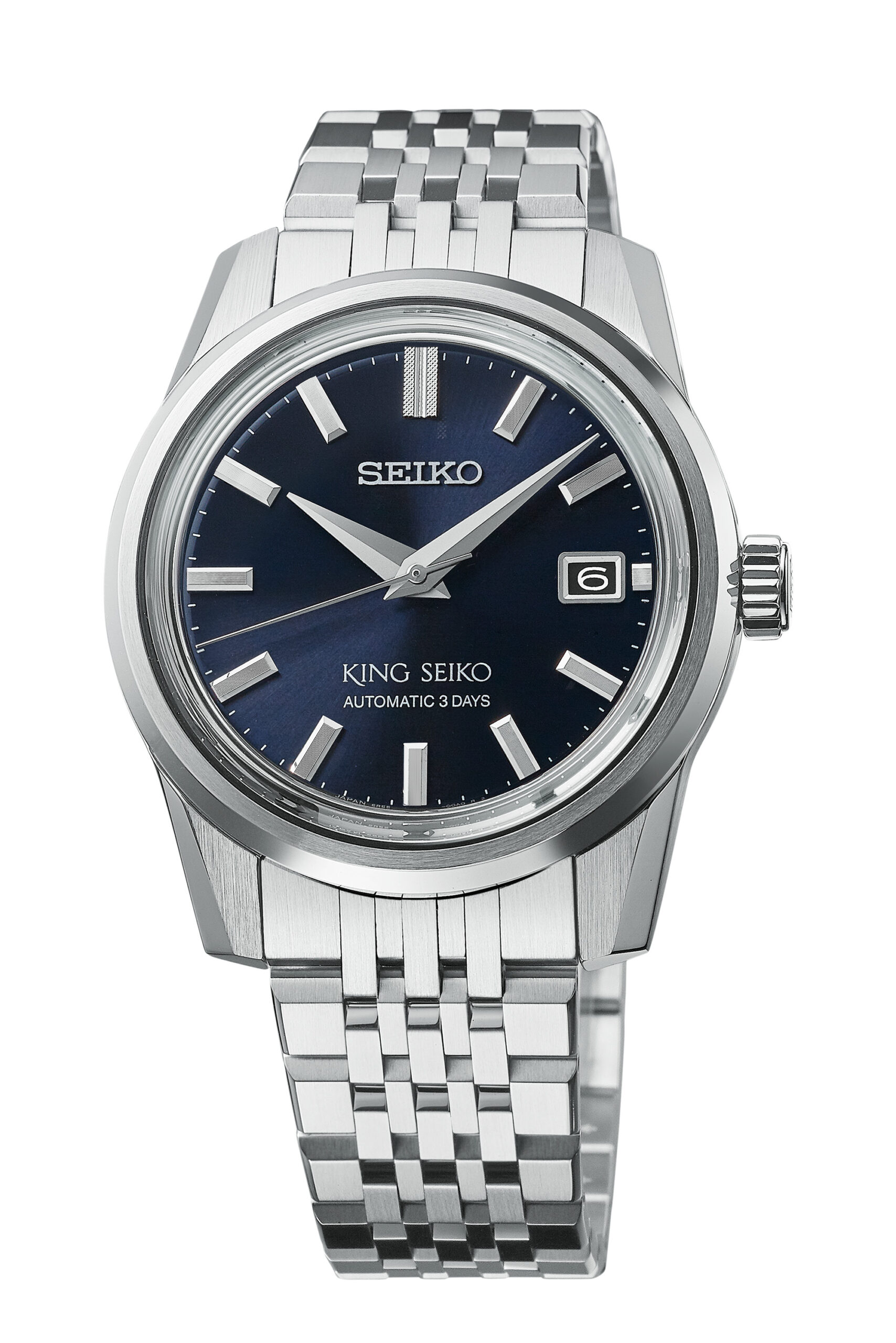
Seiko Watchmaking 110th Anniversary King Seiko Collection (SPB365)
6 of 11
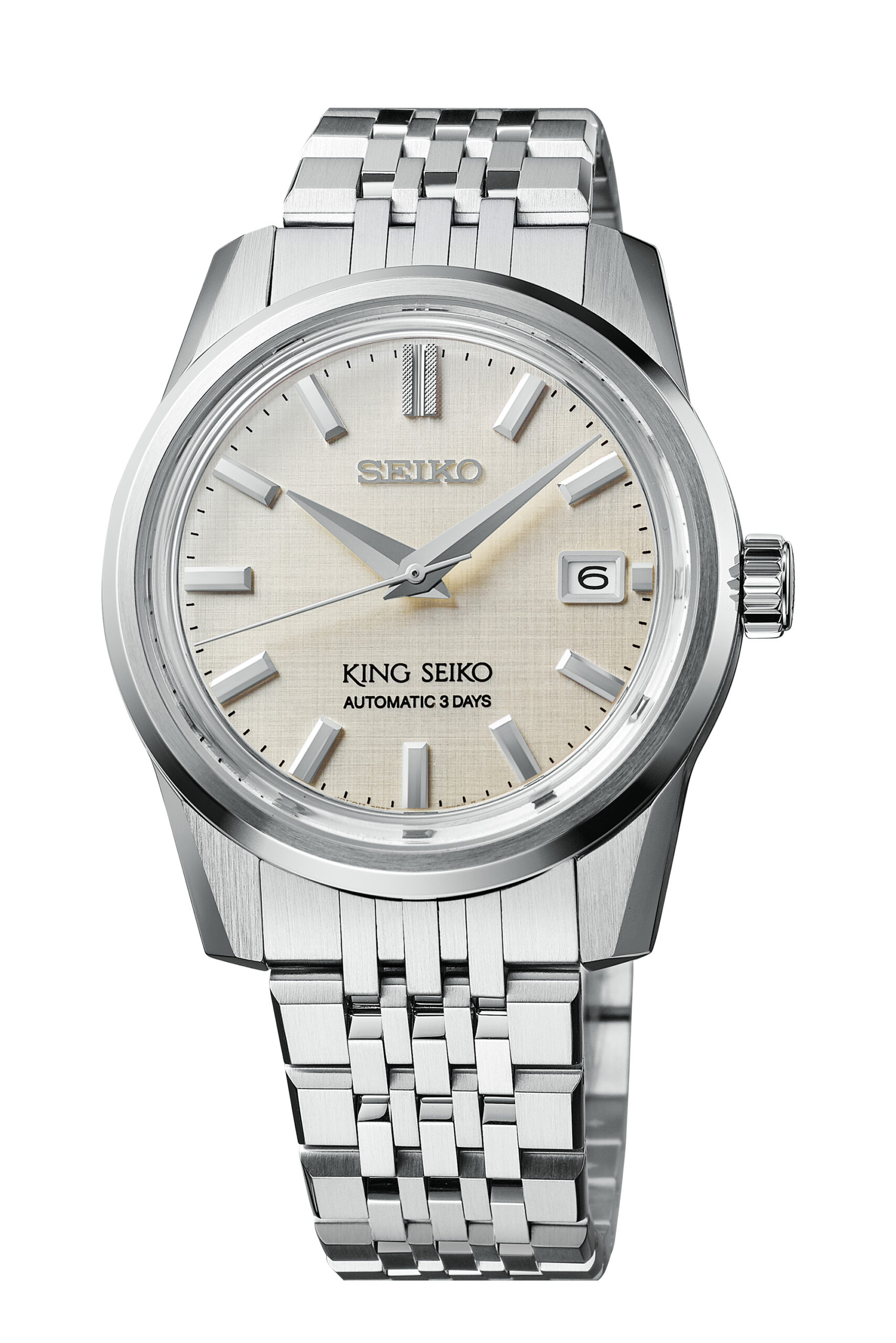
Seiko Watchmaking 110th Anniversary King Seiko Collection (SPB365)
7 of 11
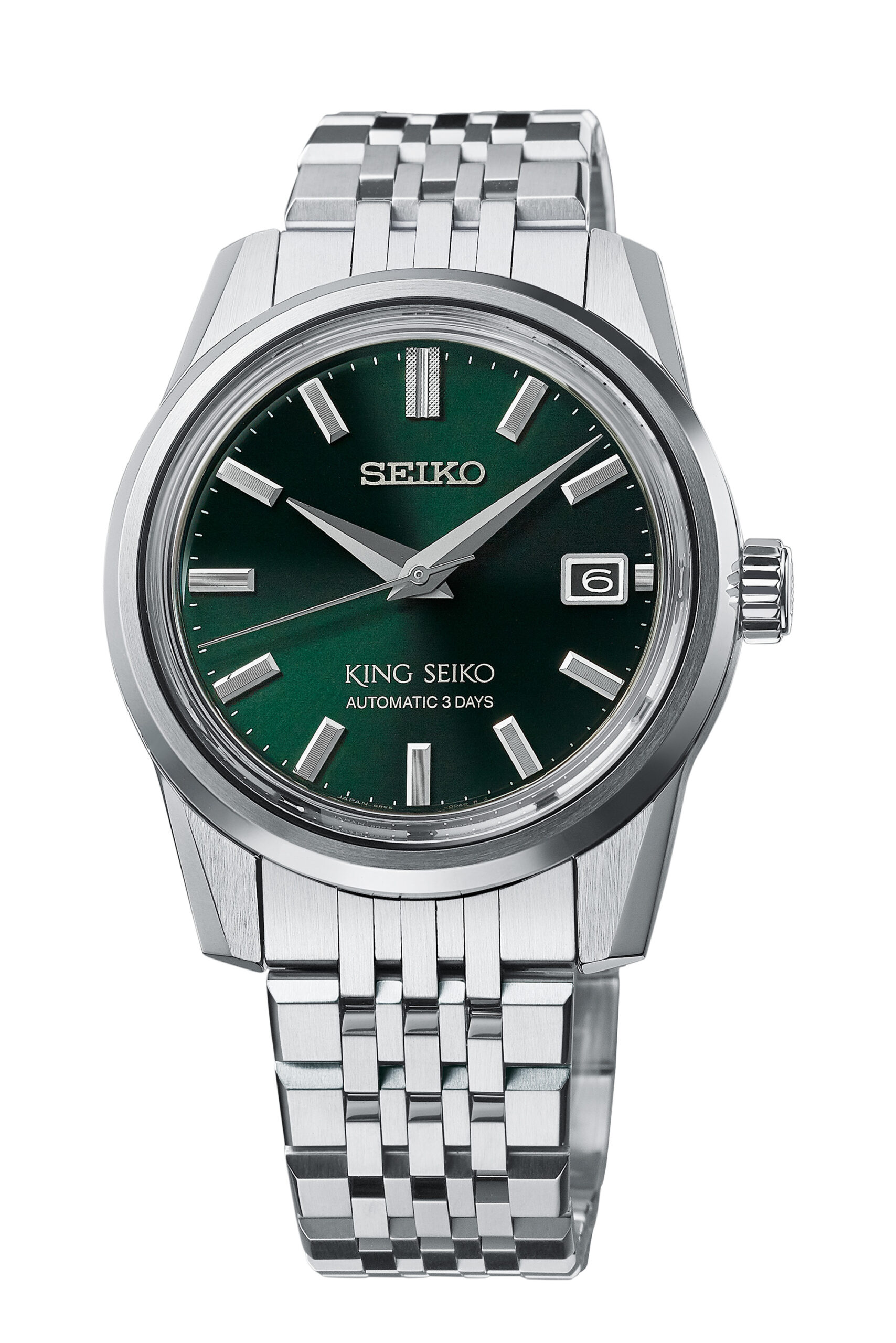
Seiko Watchmaking 110th Anniversary King Seiko Collection (SPB365)
8 of 11
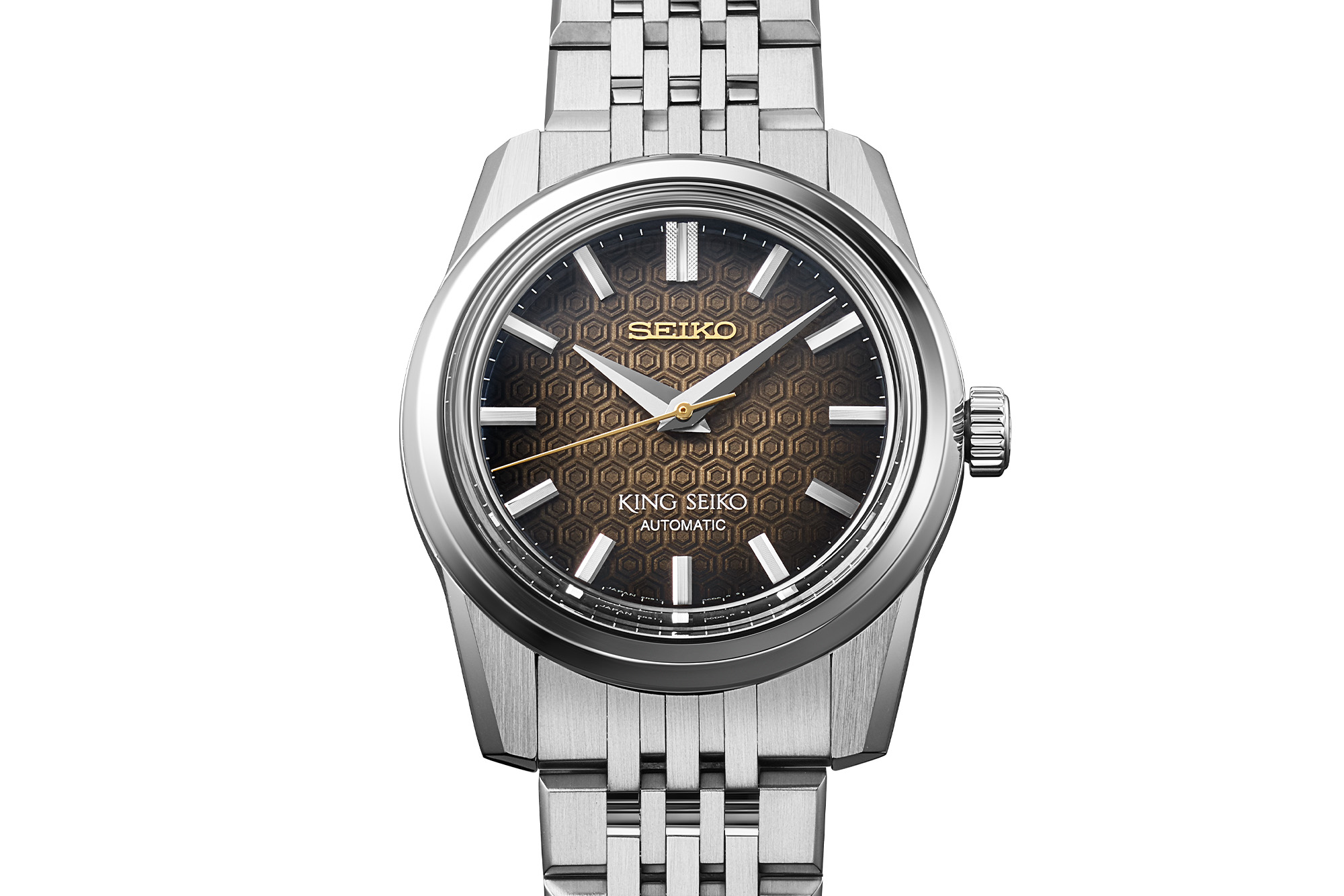
Seiko Watchmaking 110th Anniversary King Seiko Collection (SPB365)
9 of 11
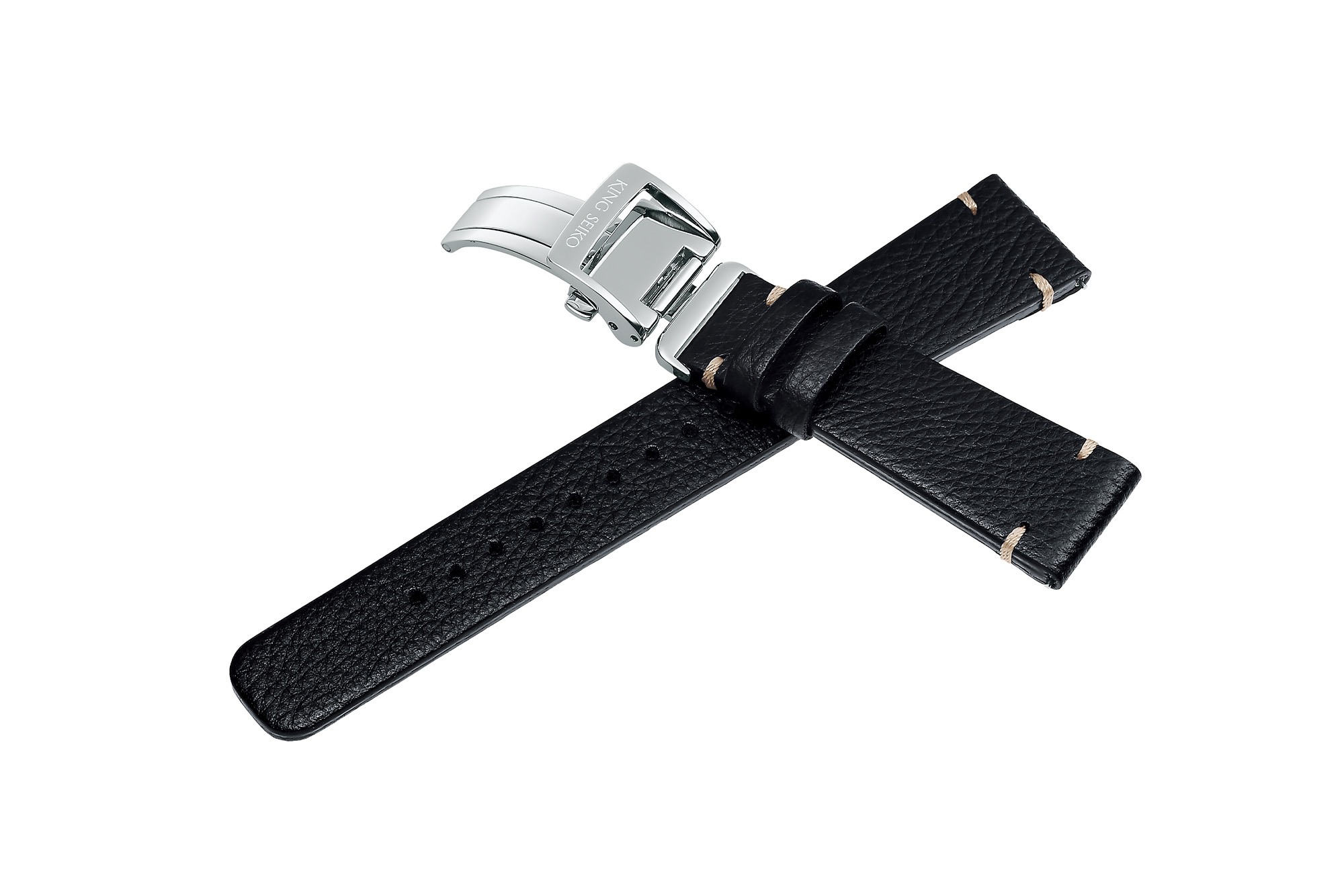
Seiko Watchmaking 110th Anniversary King Seiko Collection (SPB365)
10 of 11
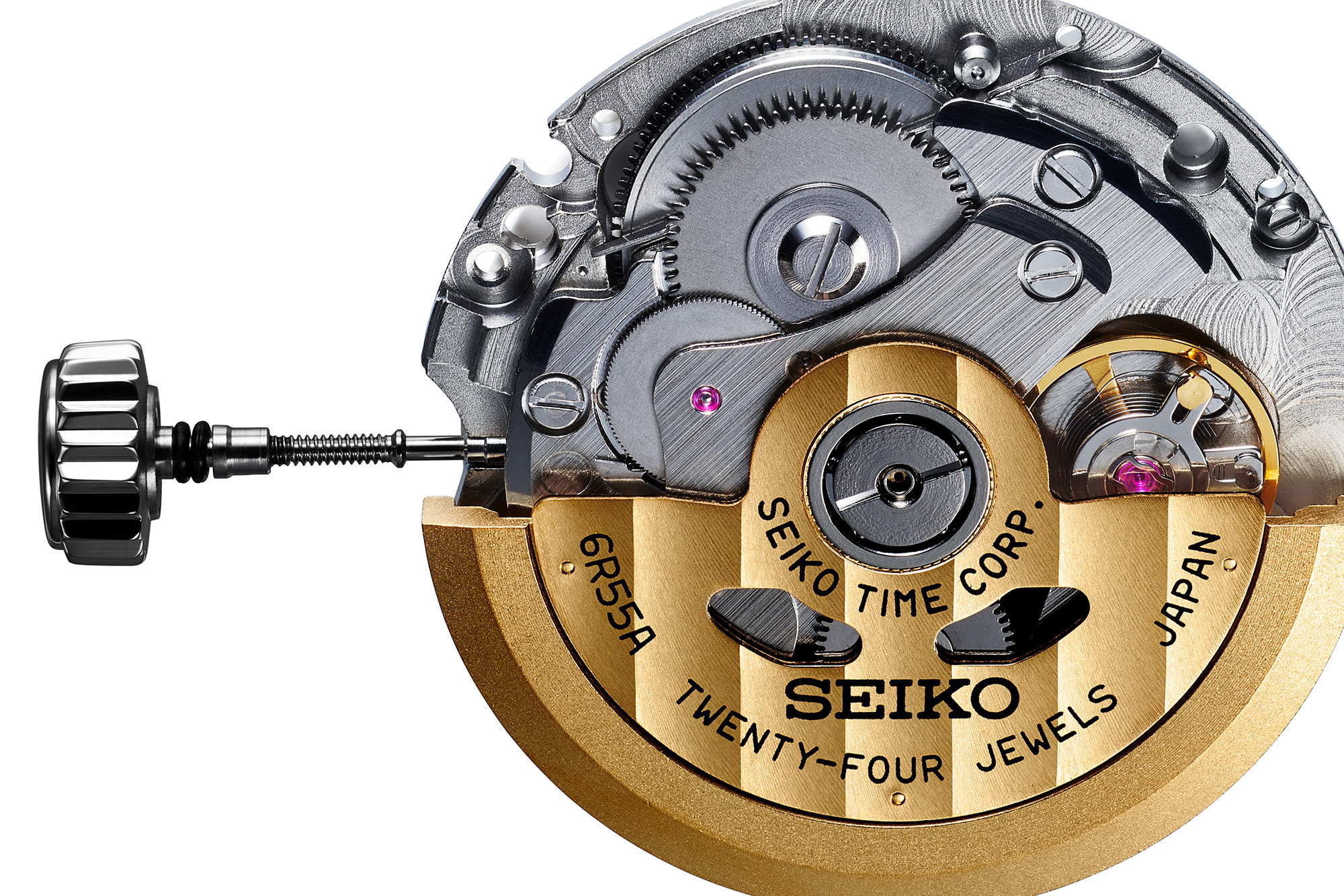
Seiko Watchmaking 110th Anniversary King Seiko Collection (SPB365)
11 of 11
Learn More
Last year, Seiko payed homage to one of the most important watches in its archive, the King Seiko, with a faithful re-edition of the 1960s original. This year it continues to expand the King Seiko line with a new collection featuring four new dials, including this limited-edition rendered in hypnotic Kikkoumon pattern. While the pattern itself is beautiful to look at (and even more beautiful to see in the metal) it’s not merely an aesthetic choice. Kikkoumon is a traditional Japanese motif based on the hexagonal pattern of tortoise shells, an animal that symbolizes longevity and prosperity in Japanese culture. The six-sided motif is also, Seiko says, associated with samurai armour, giving it connotations of strength and victory, too. It’s also a nod to the origins of King Seiko, which was created in the 1960s in the Kameido section of Tokyo – and area also known as “Tortoise Island.” ($2,425)
TAGS:
SEIKO
